Exhibition dates: 4th November 2022 – 13th March 2023
Curators: Lesley Harding and Kendrah Morgan
Barbara Hepworth (British, 1903-1975)
Sculpture with Colour and Strings
1939/1961
Bronze, string
19 x 25 x 18cm
Ingram Collection, London, Barbara Hepworth
© Bowness
Out of balance or, how to kill the love for an artist in one easy lesson
I have always had an innate, incendiary love for the work of British artist Barbara Hepworth ever since I first saw her work in books and online, especially the stunning string sculptures full of tensioned negative and positive space. Therefore, I was so excited to visit Heide Museum of Modern Art to see my first Hepworth exhibition in the flesh. The work itself was as superb as I knew it would be, but the installation of it totally ruined my feeling for the art.
Usually when I write about art I follow the maxim if you can’t say anything positive, don’t say anything at all. A good principle to follow. But here I am having to write not about the art but its installation in the gallery spaces which crushed the soul – of the work and of this viewer.
The salient points are thus:
1/ Stygian gloom in the main gallery, so dark the sculptures were drained of life. Why? They are not going to fade being made of bronze and wood! And the iPhone images in this posting are, as usual, way too bright, about 3 times brighter than it actually was…
2/ Two thirds of the small sculptures were encased in Perspex casting shadows over them which again drained them of any “presence”. Walking around the main gallery I felt like I was all at sea, the Titanic surrounded by sea of floating icebergs, afraid of stepping backwards for fear of knocking into one of the plinths and the sculpture being sunk without trace. There was no room, or light, or “air” to let the sculptures actually breathe…
3/ The small galleries at the end of the main galleries hung with drab, overpowering floor to ceiling curtains. I felt like I was in a cheap multiplex cinema. The sculptures were asymmetrically placed in the spaces so you could not see them in the round there being only a foot or so to walk between the plinth and the curtains. Ridiculous.
4/ And in the second gallery (and this was the worst), poo brown walls which clashed terribly with the work… She lived and worked in St Ives for gods’s sake = light, bright, sea, clouds, energy – not poo brown ![]()
The late Dame Barbara Hepworth was not an average British artist living in St Ives. She never set foot in Australia but her work has surely been murdered here, leaving her rolling in her grave. As an artist friend of mine said on the Art Blart Facebook page: ‘What a missed opportunity’
I sadly concur with that sentiment.
Dr Marcus Bunyan
All installation photographs by Marcus Bunyan. Please click on the photographs for a larger version of the image.
Gallery one
Installation views of the exhibition Barbara Hepworth: In Equilibrium at the Heide Museum of Modern Art, Melbourne
Photos: Marcus Bunyan
Barbara Hepworth (British, 1903-1975)
Spring (installation views)
1966
Bronze, paint and string
Arts Council Collection, Southbank Centre, London
Photos: Marcus Bunyan
Installation view of the exhibition Barbara Hepworth: In Equilibrium at the Heide Museum of Modern Art, Melbourne showing at left Sculpture with Colour (Deep Blue and Red) [6] 1940; and at right Eidos 1947
Photo: Marcus Bunyan
Barbara Hepworth (British, 1903-1975)
Sculpture with Colour (Deep Blue and Red) [6] (installation views)
1940
Plaster, paint and string
Private collection, United Kingdom
Photos: Marcus Bunyan
Barbara Hepworth (British, 1903-1975)
Eidos (installation views)
1947
Portland stone and paint
National Gallery of Victoria, Melbourne
Purchased with the assistance of the Samuel E. Wills Bequest to commemorate the retirement of Dr E. Westbrook, Director of Arts for Victoria 1981
Photos: Marcus Bunyan
Installation view of the exhibition Barbara Hepworth: In Equilibrium at the Heide Museum of Modern Art, Melbourne showing at left Curved Form (Wave II) 1959; and at right Eidos 1947
Photo: Marcus Bunyan
Barbara Hepworth (British, 1903-1975)
Curved Form (Wave II) (installation views)
1959
Bronze and steel
The State Art Collection, The Art Gallery of Western Australia, Perth
Purchased 1963
Photos: Marcus Bunyan
The doyenne of modernist sculpture, Barbara Hepworth was one of the leading British artists of her generation and the first woman sculptor to achieve international recognition. The first exhibition of her work in Australia, Barbara Hepworth: In Equilibrium brings together more than forty works from prestigious international and national collections, including sculptures in stone, wood, bronze and other metals and a select group of paintings. Introducing Australian audiences to her remarkable oeuvre, the exhibition has been developed in consultation with the Hepworth Estate and has been designed by award-winning architecture firm Studio Bright.
Married to the painter Ben Nicholson, from 1938 to 1951, Hepworth was a central figure in a network of major international abstract artists and closely linked with the School of Paris. From 1939 she was based in the creative community of St Ives, Cornwall, where she drew much inspiration from the natural environment. An early practitioner of the avant-garde method of direct carving, which dispensed with the tradition of preparatory models or maquettes, she later made large-scale cast and constructed sculptures. Her pioneering practice and technique of piercing the form had an enduring influence on the development of new sculptural vocabularies.
The exhibition demonstrates the shift in Hepworth’s approach from figurative and naturalistic to increasingly simplified and abstract forms. Though concerned with abstraction, she created work that was predominantly about relationships: between the human figure and the landscape; between forms presented side-by-side; between colour and texture; and between individuals and groups of people.
Text from the Heide Museum of Modern Art website
Gallery 1 continued…
Barbara Hepworth (British, 1903-1975)
Disc with Strings (Moon) (installation views)
1969
Aluminium and string
Private collection, Oxford, United Kingdom
Photos: Marcus Bunyan
Sculptures with strings wall text
Barbara Hepworth (British, 1903-1975)
Orpheus (Maquette 2) Version II (installation views)
1956, 1959 edition, edition 1/3
Brass and string on wooden base
Art Gallery of New South Wales, Sydney
Purchased 1959
Installation view of the exhibition Barbara Hepworth: In Equilibrium at the Heide Museum of Modern Art, Melbourne showing at front Stringed Figure (Curlew) (Maquette) 1956; and at rear Maquette for Winged Figure 1957
Photo: Marcus Bunyan
Barbara Hepworth (British, 1903-1975)
Stringed Figure (Curlew) (Maquette) (installation views)
1956
Brass and string on wooden base
Private collection, United Kingdom
Photos: Marcus Bunyan
Barbara Hepworth (British, 1903-1975)
Maquette for Winged Figure (installation views)
1957
Brass and string on wooden base
British Council Collection, London
Purchased 1960
Photos: Marcus Bunyan
Barbara Hepworth (British, 1903-1975)
Sculpture with Colour and Strings (installation views)
1939, cast 1961, edition 1/9
Bronze and string
The Ingram Collection of Modern British Art, London
Photos: Marcus Bunyan
Barbara Hepworth (British, 1903-1975)
Landscape Sculpture (installation views)
1944, cast 1961
Bronze on bronze base
Photos: Marcus Bunyan
Early Years: Towards Abstraction wall text
Barbara Hepworth (British, 1903-1975)
Kneeling Figure (installation view)
1932
Rosewood
The Hepworth Wakefield, Yorkshire
Wakefield Council Permanent Art Collection
Purchased with aid from the Wakefield Permanent Art Fund (Friend of Wakefield Art Galleries and Museums,) V&A Purchase Grant Fund and Wakefield Girls’ High School 1944
Photos: Marcus Bunyan
Installation views of the exhibition Barbara Hepworth: In Equilibrium at the Heide Museum of Modern Art, Melbourne showing at left Three Forms (Carving in Grey Alabaster) 1935; at centre Mother and Child 1934; and at right Pierced Hemisphere II 1937-1938
Photos: Marcus Bunyan
Barbara Hepworth (British, 1903-1975)
Three Forms (Carving in Grey Alabaster) (installation views)
1935
Alabaster on marble base
Tate, London
Presented by the executors of the artist’s estate, in accordance with her wishes 1980
Photos: Marcus Bunyan
Barbara Hepworth (British, 1903-1975)
Mother and Child (installation view)
1934
Pink Ancaster stone
The Hepworth Wakefield, Yorkshire
Wakefield Council Permanent Art Collection
Purchased by Wakefield Corporation 1951
Photo: Marcus Bunyan
Barbara Hepworth (British, 1903-1975)
Pierced Hemisphere II (installation views)
1937-1938
Hoptonwood stone on Portland stone base
Tate, London
Accepted by HM Government in lieu of inheritance tax and allocated to Tate 2004
Photos: Marcus Bunyan
Installation view of the exhibition Barbara Hepworth: In Equilibrium at the Heide Museum of Modern Art, Melbourne showing at front Pierced Hemisphere II 1937-1938; at background left Conicoid 1937; and at background right Pierced Round Form 1959-1960
Photo: Marcus Bunyan
Barbara Hepworth (British, 1903-1975)
Conicoid (installation views)
1937
Teak
Leeds Museums and Galleries, Leeds, United Kingdom
Purchased from the artist 1943
Photos: Marcus Bunyan
Barbara Hepworth (British, 1903-1975)
Pierced Round Form (installation views)
1959-1960
Bronze on wooden base
British Council Collection, London
Purchased 1960
Photos: Marcus Bunyan
Barbara Hepworth (British, 1903-1975)
Figure (installation views)
1933
Alabaster on slate base
Tate, London
Lent from a private collection 2016
On long term loan
Photos: Marcus Bunyan
Barbara Hepworth (British, 1903-1975)
Rock Face (installation views)
1973
Ancaster stone on beechwood base
Tate, London
Bequeathed by the artist 1976
Photos: Marcus Bunyan
Barbara Hepworth (British, 1903-1975)
Two Heads (installation views)
1932
Cumberland alabaster
Photos: Marcus Bunyan
Barbara Hepworth (British, 1903-1975)
Maquette for ‘The Unknown Political Prisoner’ (Truth)
1952
Mahogany
Tate, London
Accepted by HM Government in lieu of inheritance tax and allocated to Tate 2005
Maquette for ‘The Unknown Political Prisoner’ (Prisoner)
1952
Beechwood and iron
Tate, London
Accepted by HM Government in lieu of inheritance tax and allocated to Tate 2005
Maquette for ‘The Unknown Political Prisoner’ (Knowledge)
1952
Mahogany
Tate, London
Collection of the Lucas family, United Kingdom
(installation views)
Photos: Marcus Bunyan
Barbara Hepworth (British, 1903-1975)
Corinthos (installation views)
1954-1955
Guarea wood and paint on wooden base
Tate, London
Purchased 1962
Photos: Marcus Bunyan
Heide Museum presents first major Australian survey of pioneering modernist British sculptor Barbara Hepworth
Heide Museum of Modern Art today announced the first major survey in Australia of the celebrated British artist Dame Barbara Hepworth DBE (1903-1975). A leading figure of modernist sculpture in Britain in the 20th century, Hepworth is best known for her abstract sculptures and pioneering method of ‘piercing’ the form. Presented at Heide from 5 November 2022 to 13 March 2023, the exhibition Barbara Hepworth: In Equilibrium brings together more than forty works from significant international and national collections, introducing Australian audiences to Hepworth’s enduring oeuvre and remarkable story.
Presented throughout Heide’s main galleries, the exhibition charts the trajectory of Hepworth’s artistic career. From early figurative marble carvings through to large-scale purely abstract forms, the exhibition will feature works on loan from the the collections of Tate Britain, Hepworth Wakefield and the British Council, as well as prominent Australian and New Zealand public collections including the National Gallery of Victoria, Art Gallery of South Australia, Art Gallery of New South Wales, and Te Papa Tongarewa, Museum of New Zealand.
Heide Museum of Modern Art Director Lesley Harding said: “It is with great pleasure that Heide brings together works by one of the most important artists of the 20th century, many never-before-seen here in Australia. The exhibition reflects our commitment to foregrounding modernist women artists, and is the result of extensive research and support from national and international organisations and the Hepworth Estate.”
A key figure of the abstract art movement in Britain, Hepworth’s pioneering practice enriched the language of modern sculpture. While the artist’s early works featured figurative and naturalistic forms, her sculptures would become increasingly simplified and abstract. Highlighted in the exhibition is Hepworth’s significant exploration of the tension between mass and negative space, with sculptures that are ‘pierced’ by large holes. This technique of piercing the form exemplifies Hepworth’s revolutionary contribution to the development of new sculptural vocabularies that influenced not only her contemporaries, but future generations of sculptors.
Heide Museum of Modern Art Head Curator Kendrah Morgan said: “A true pioneer, Barbara Hepworth’s contribution to the evolution of modern art cannot be underestimated. Hepworth’s combination of modernist reductive form and timeless materials produces its own particular magic.”
Heide has enlisted award-winning Melbourne-based architecture practice Studio Bright to design the exhibition, with a focus on connecting the museum’s inside galleries to the surrounding landscape. Central to Hepworth’s practice was the influence of nature, with the artist inspired by the coastal landscape of St Ives in Cornwall, where she lived and worked for much of her career. From the movement of tides to the ancient standing stones of west Cornwall, the artist’s later sculptures are grounded in references to patterns and forms found in nature.
Barbara Hepworth: In Equilibrium brings together more than forty artworks by British artist Barbara Hepworth, in what is a rare chance for Australian audiences to experience a major survey of one of the world’s greatest woman sculptors.
Press release from Heide Museum of Modern Art
Gallery two
Installation view of the exhibition Barbara Hepworth: In Equilibrium at the Heide Museum of Modern Art, Melbourne showing at left Sea Form (Porthmeor) 1958; and at right Twin Forms in Echelon 1961
Photos: Marcus Bunyan
Barbara Hepworth (British, 1903-1975)
Sea Form (Porthmeor) (installation views)
1958
Bronze on bronze base on wood veneer base
Tate, London
Presented by the artist 1967
Photos: Marcus Bunyan
Barbara Hepworth (British, 1903-1975)
Twin Forms in Echelon (installation views)
1961, edition of 7
Bronze
The State Art Collection, The Art Gallery of Western Australia, Perth
Purchased 1979
Photos: Marcus Bunyan
Later Works: Figures in the Landscape wall text
Barbara Hepworth (British, 1903-1975)
Forms in Movement (Galliard) (installation view)
1956
Copper and bronze
Wairarapa Cultural Collection
Aratoi Wairarapa Museum of Art and History, Masterton, New Zealand
Photo: Marcus Bunyan
Barbara Hepworth (British, 1903-1975)
Head (Ra) (installation views)
1971
Bronze on wooden base
Art Gallery of South Australia, Adelaide
Gift of Lesley Lynn through the Art Gallery of South Australia Foundation, in memory of her husband Dr Kenneth Lynn 2001
Photos: Marcus Bunyan
Installation view of the exhibition Barbara Hepworth: In Equilibrium at the Heide Museum of Modern Art, Melbourne showing at centre Twin Forms in Echelon 1961; and at right Maquette (Variation on a Theme) and Figure (Oread) both 1958
Photo: Marcus Bunyan
Installation views of the exhibition Barbara Hepworth: In Equilibrium at the Heide Museum of Modern Art, Melbourne showing at left Maquette (Variation on a Theme) 1958; and at right Figure (Oread) 1958
Photos: Marcus Bunyan
Barbara Hepworth (British, 1903-1975)
Maquette (Variation on a Theme) (installation view)
1958
Bronze on a wooden base
British Council Collection, London
Purchased 1950
Photo: Marcus Bunyan
Barbara Hepworth (British, 1903-1975)
Figure (Oread) (installation view)
1958
Bronze
British Council Collection, London
Purchased 1950
Photo: Marcus Bunyan
Barbara Hepworth (British, 1903-1975)
Two Figures (Menhirs) (installation views)
1964
Slate on wooden base
Tate, London
Purchased 1964
Photos: Marcus Bunyan
Installation view of the exhibition Barbara Hepworth: In Equilibrium at the Heide Museum of Modern Art, Melbourne showing at left Oval form (Trezion) 1964; and at right Single Form (Chûn Quoit) 1961
Photo: Marcus Bunyan
Barbara Hepworth (British, 1903-1975)
Oval form (Trezion) (installation views)
1964
Bronze on wooden base
Te Papa Tongarewa Museum of New Zealand, Wellington
Purchased with assistance from the Queen Elizabeth II Arts Council of New Zealand, Contemporary Art Society, London, and Lindsay Buick Bequest funds 1964
Photos: Marcus Bunyan
Barbara Hepworth (British, 1903-1975)
Single Form (Chûn Quoit) (installation views)
1961
Bronze, edition of 7
The Hepworth Wakefield, Yorkshire
Wakefield Council Permanent Art Collection
On loan from the Hepworth Estate
Photos: Marcus Bunyan
Barbara Hepworth (British, 1903-1975)
Group of Three Magic Stones (installation views)
1973
Silver on ebony base
Kettle’s Yard, University of Cambridge, Cambridge
Bequest of Priaulx Rainier 1986
Photos: Marcus Bunyan
Barbara Hepworth (British, 1903-1975) short biography
Barbara Hepworth, in full Dame Jocelyn Barbara Hepworth, (born January 10, 1903, Wakefield, Yorkshire, England – died May 20, 1975, St. Ives, Cornwall), sculptor whose works were among the earliest abstract sculptures produced in England. Her lyrical forms and feeling for material made her one of the most influential sculptors of the mid-20th century.
Fascinated from early childhood with natural forms and textures, Hepworth decided at age 15 to become a sculptor. In 1919 she enrolled in the Leeds School of Art, where she befriended fellow student Henry Moore. Their lifelong friendship and reciprocal influence were important factors in the parallel development of their careers.
Hepworth’s earliest works were naturalistic with simplified features. Purely formal elements gradually gained greater importance for her until, by the early 1930s, her sculpture was entirely abstract. Works such as Reclining Figure (1932) resemble rounded biomorphic forms and natural stones; they seem to be the fruit of long weathering instead of the hard work with a chisel they actually represent. In 1933 Hepworth married (her second husband; the first was the sculptor John Skeaping) the English abstract painter Ben Nicholson, under whose influence she began to make severe, geometric pieces with straight edges and immaculate surfaces.
As Hepworth’s sculpture matured during the late 1930s and ’40s, she concentrated on the problem of the counterplay between mass and space. Pieces such as Wave (1943-1944) became increasingly open, hollowed out, and perforated, so that the interior space is as important as the mass surrounding it. Her practice, increasingly frequent in her mature pieces, of painting the works’ concave interiors further heightened this effect, while she accented and defined the sculptural voids by stretching strings taut across their openings.
During the 1950s Hepworth produced an experimental series called Groups, clusters of small anthropomorphic forms in marble so thin that their translucence creates a magical sense of inner life. In the next decade she was commissioned to do a number of sculptures approximately 20 feet (6 metres) high. Among the more successful of her works in this gigantic format is the geometric Four-Square (Walk Through) (1966).
“Barbara Hepworth,” on the Britannica website Last Updated: Jan 6, 2023 [Online] Cited 13/02/2023
Descending walk way
Installation views of the exhibition Barbara Hepworth: In Equilibrium at the Heide Museum of Modern Art, Melbourne
Photos: Marcus Bunyan
Heide Museum of Modern Art
7, Templestowe Road
Bulleen, Victoria 3105
Opening hours:
(Heide II and Heide III)
Tuesday – Sunday 10.00am – 5.00pm

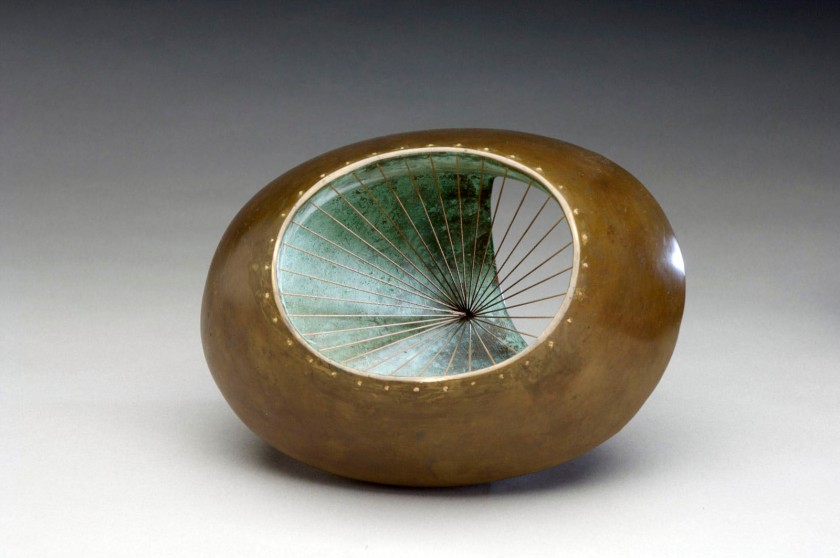

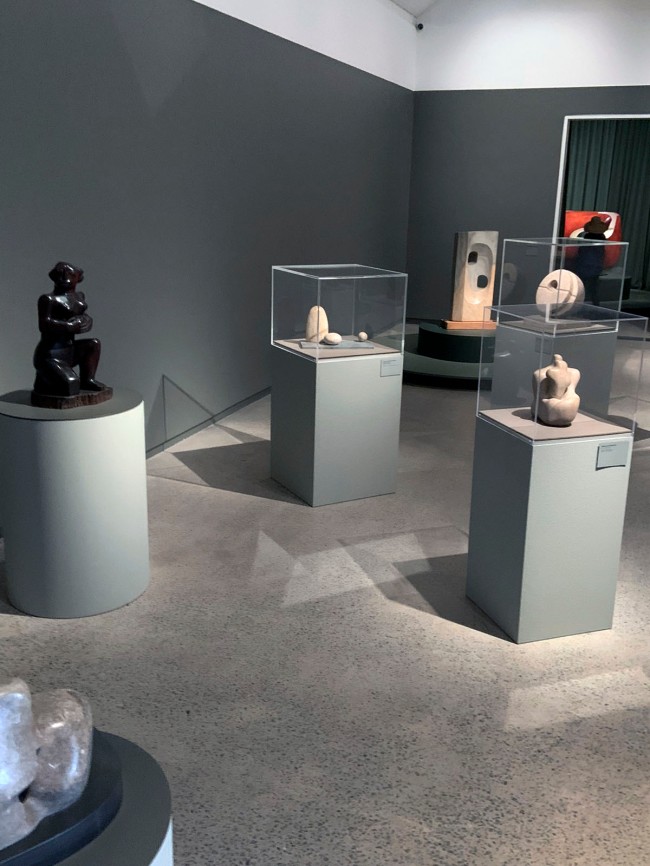
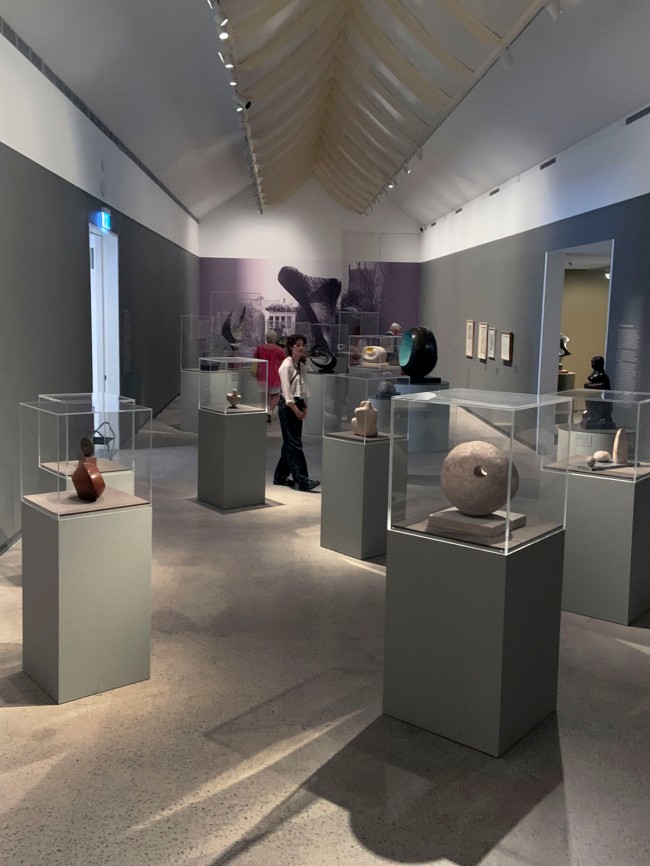

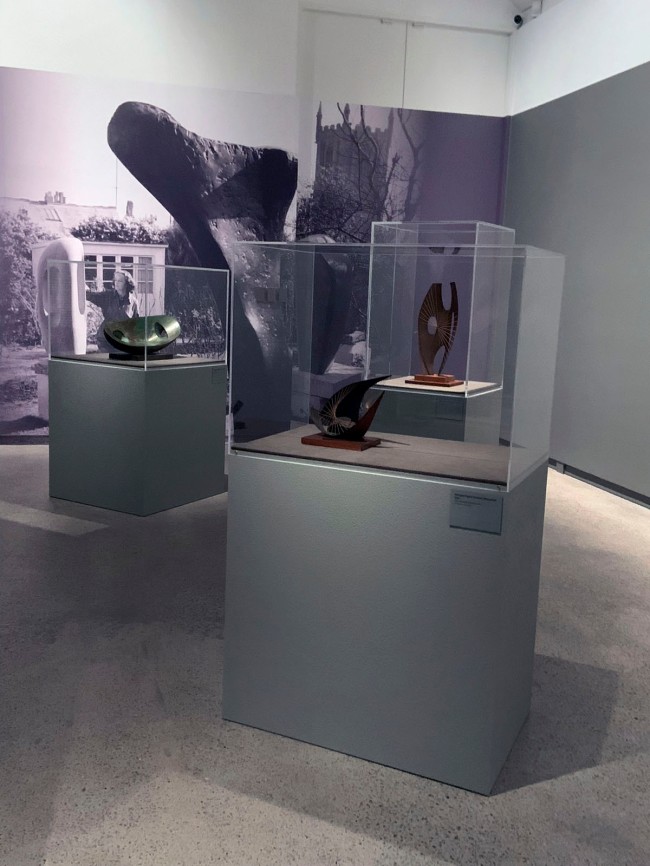
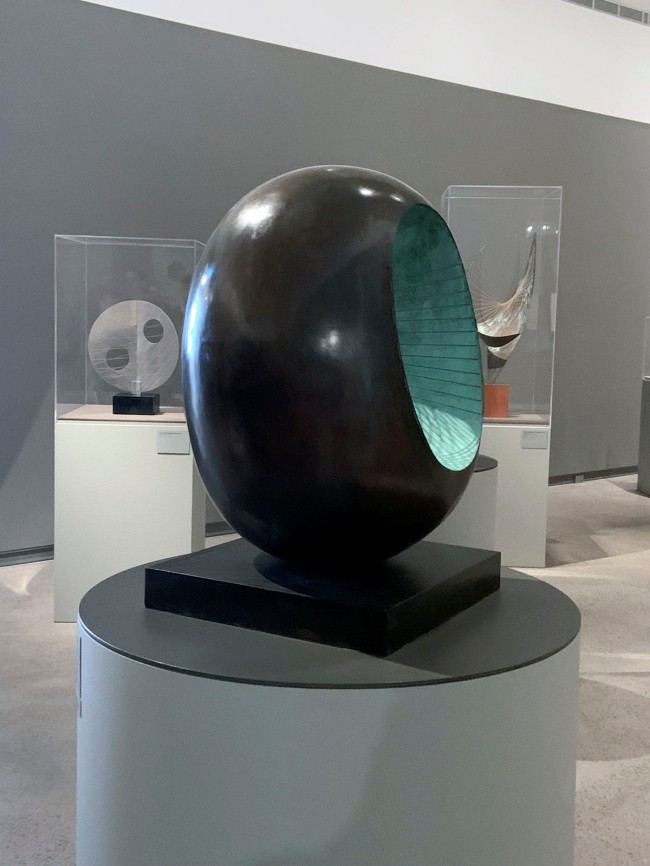
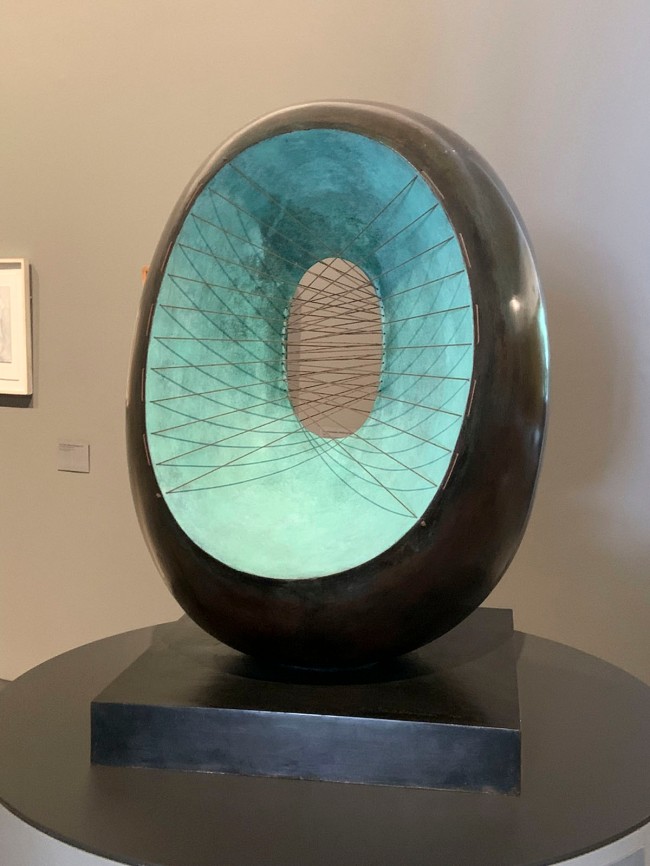
![Installation view of the exhibition 'Barbara Hepworth: In Equilibrium' at the Heide Museum of Modern Art, Melbourne showing at left 'Sculpture with Colour (Deep Blue and Red) [6]' 1940; and at right 'Eidos' 1947 Installation view of the exhibition 'Barbara Hepworth: In Equilibrium' at the Heide Museum of Modern Art, Melbourne showing at left 'Sculpture with Colour (Deep Blue and Red) [6]' 1940; and at right 'Eidos' 1947](https://artblart.files.wordpress.com/2023/02/barbara-hepworth-installation-p.jpg?w=650&h=867)
![Barbara Hepworth (British, 1903-1975) 'Sculpture with Colour (Deep Blue and Red) [6]' 1940 (installation view) Barbara Hepworth (British, 1903-1975) 'Sculpture with Colour (Deep Blue and Red) [6]' 1940 (installation view)](https://artblart.files.wordpress.com/2023/02/barbara-hepworth-installation-ai5.jpg?w=650&h=867)
![Barbara Hepworth (British, 1903-1975) 'Sculpture with Colour (Deep Blue and Red) [6]' 1940 (installation view) Barbara Hepworth (British, 1903-1975) 'Sculpture with Colour (Deep Blue and Red) [6]' 1940 (installation view)](https://artblart.files.wordpress.com/2023/02/barbara-hepworth-installation-ai4.jpg?w=650&h=867)
![Barbara Hepworth (British, 1903-1975) 'Sculpture with Colour (Deep Blue and Red) [6]' 1940 (installation view) Barbara Hepworth (British, 1903-1975) 'Sculpture with Colour (Deep Blue and Red) [6]' 1940 (installation view)](https://artblart.files.wordpress.com/2023/02/barbara-hepworth-installation-ai3.jpg?w=650&h=867)
![Barbara Hepworth (British, 1903-1975) 'Sculpture with Colour (Deep Blue and Red) [6]' 1940 (installation view) Barbara Hepworth (British, 1903-1975) 'Sculpture with Colour (Deep Blue and Red) [6]' 1940 (installation view)](https://artblart.files.wordpress.com/2023/02/barbara-hepworth-installation-ai2.jpg?w=650&h=867)
![Barbara Hepworth (British, 1903-1975) 'Sculpture with Colour (Deep Blue and Red) [6]' 1940 (installation view) Barbara Hepworth (British, 1903-1975) 'Sculpture with Colour (Deep Blue and Red) [6]' 1940 (installation view)](https://artblart.files.wordpress.com/2023/02/barbara-hepworth-installation-ai1.jpg?w=650&h=867)
![Barbara Hepworth (British, 1903-1975) 'Sculpture with Colour (Deep Blue and Red) [6]' 1940 (installation view) Barbara Hepworth (British, 1903-1975) 'Sculpture with Colour (Deep Blue and Red) [6]' 1940 (installation view)](https://artblart.files.wordpress.com/2023/02/barbara-hepworth-installation-ai.jpg?w=650&h=867)
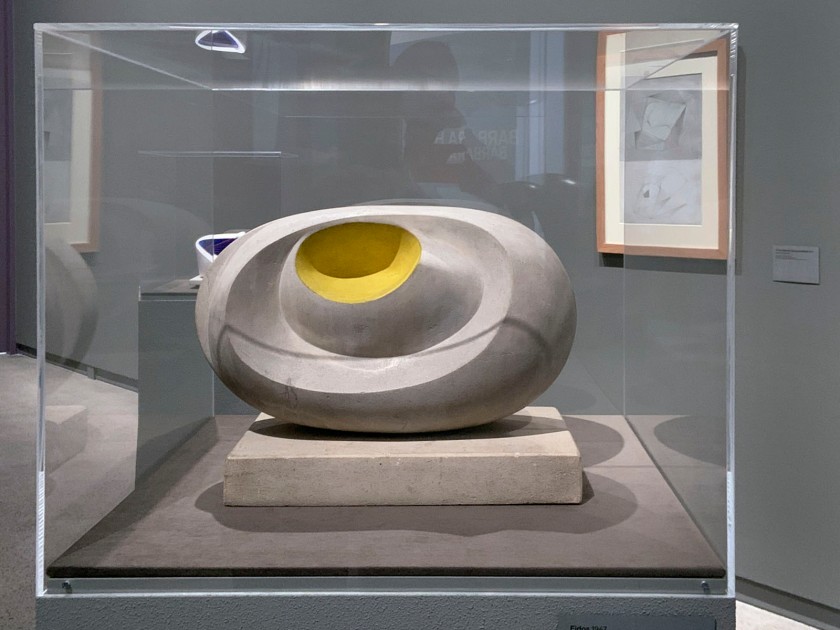
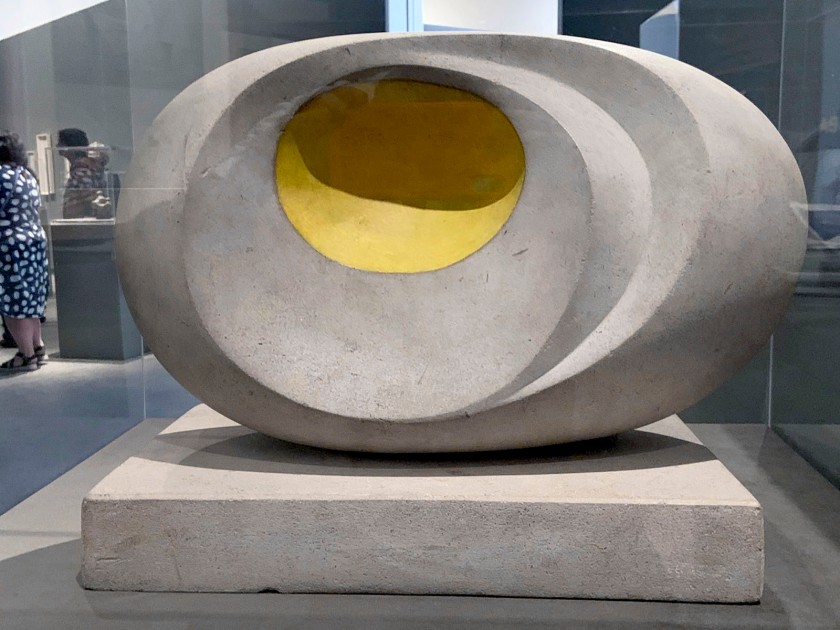

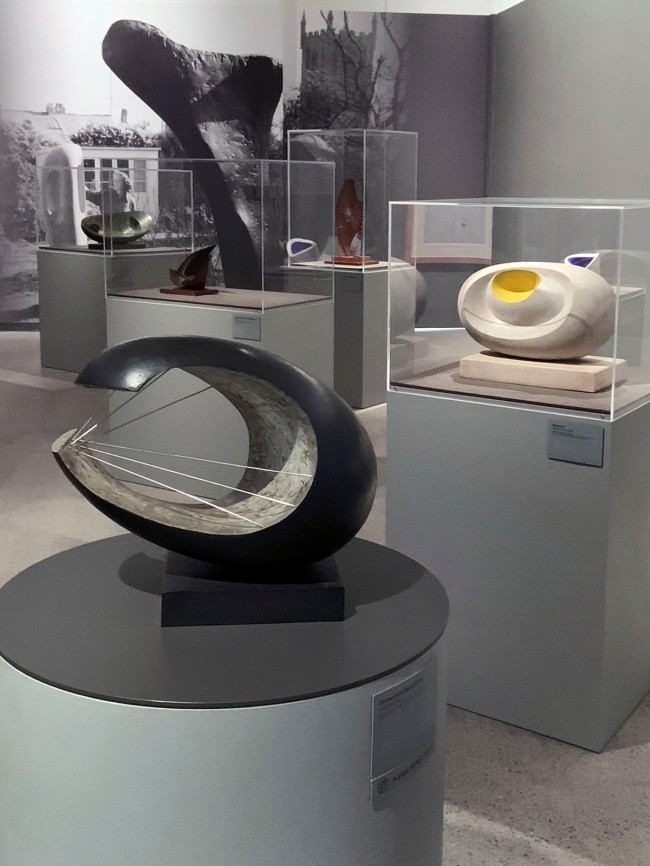
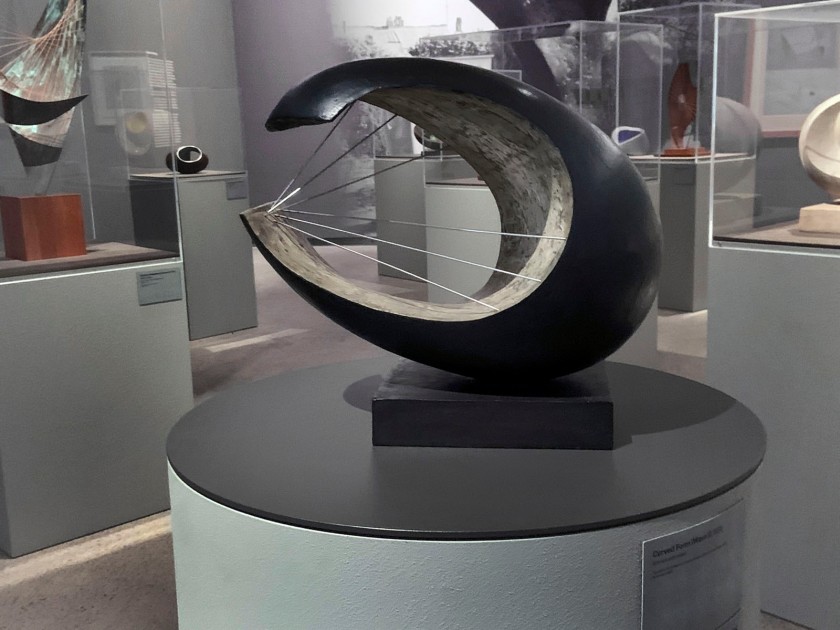
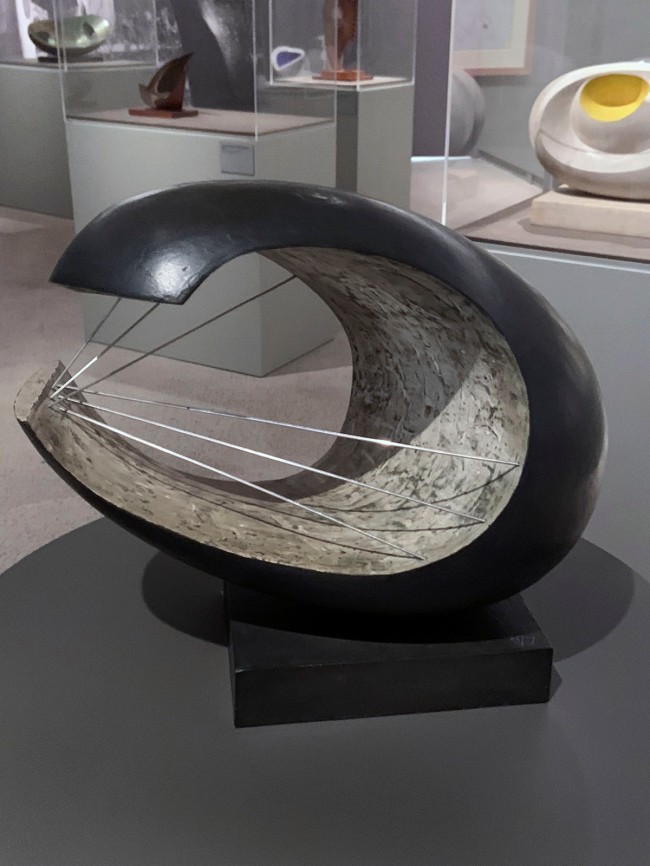
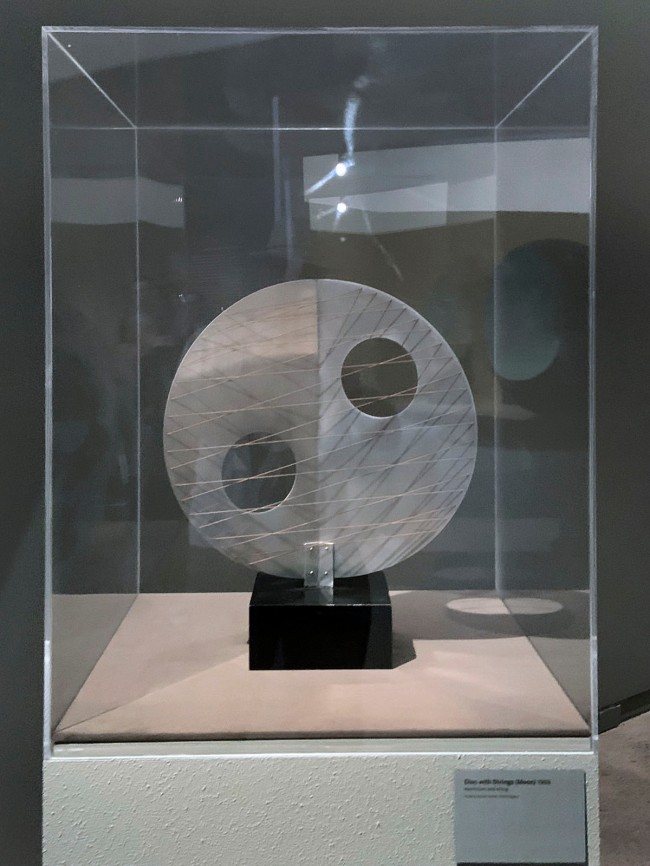
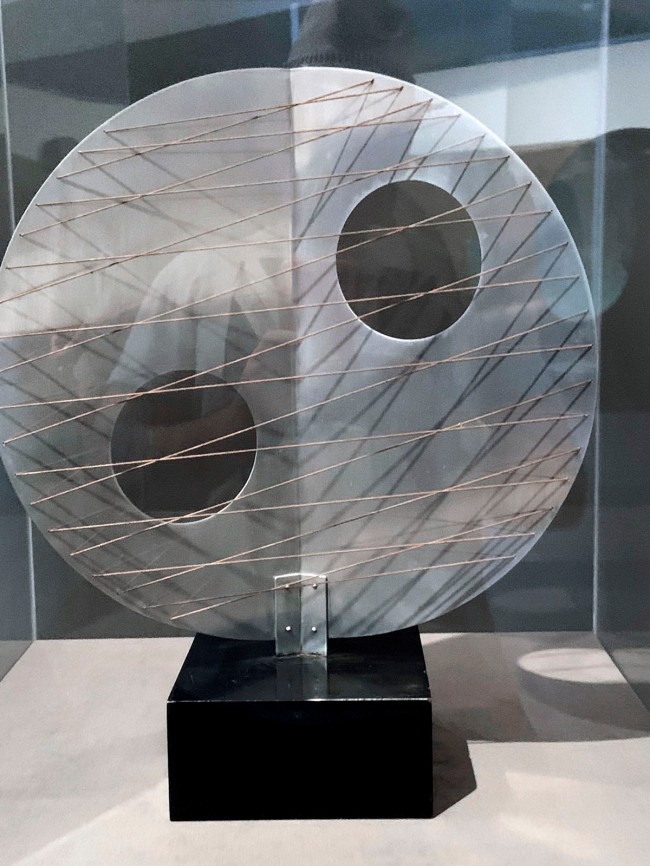
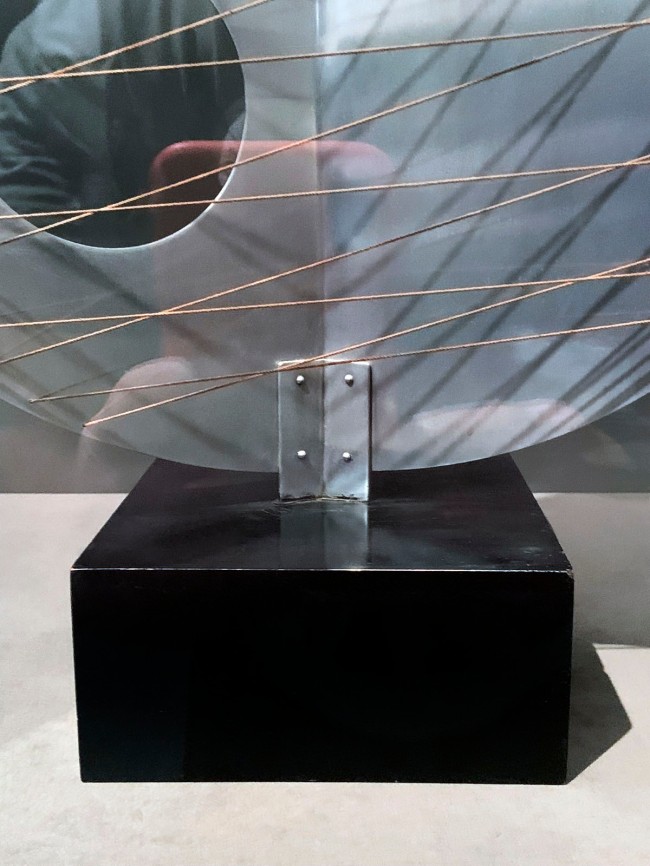
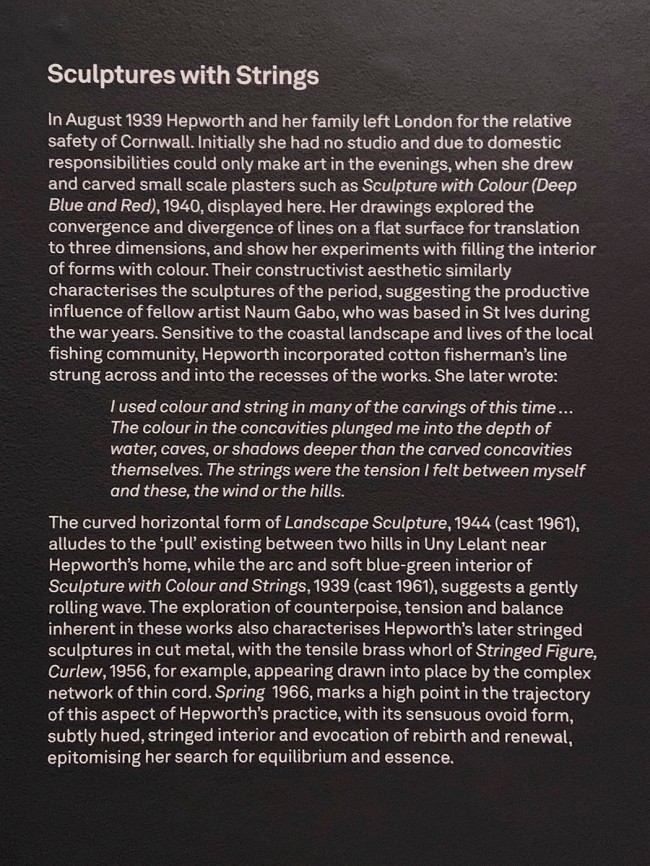
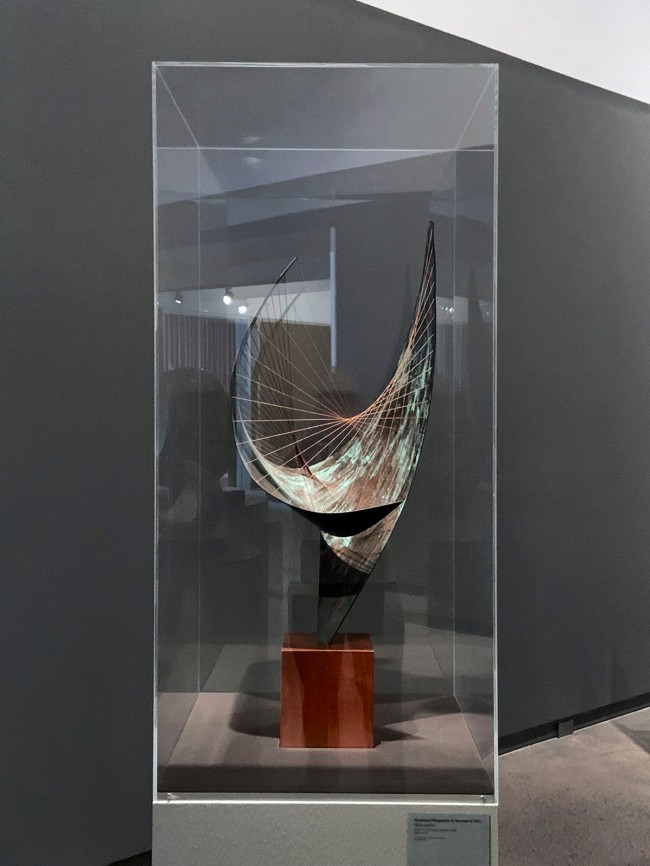
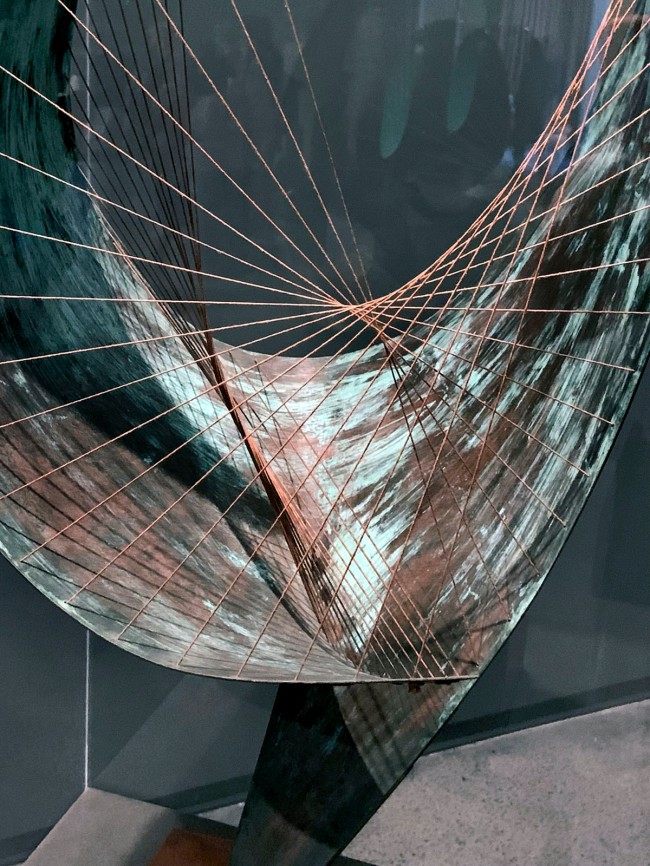

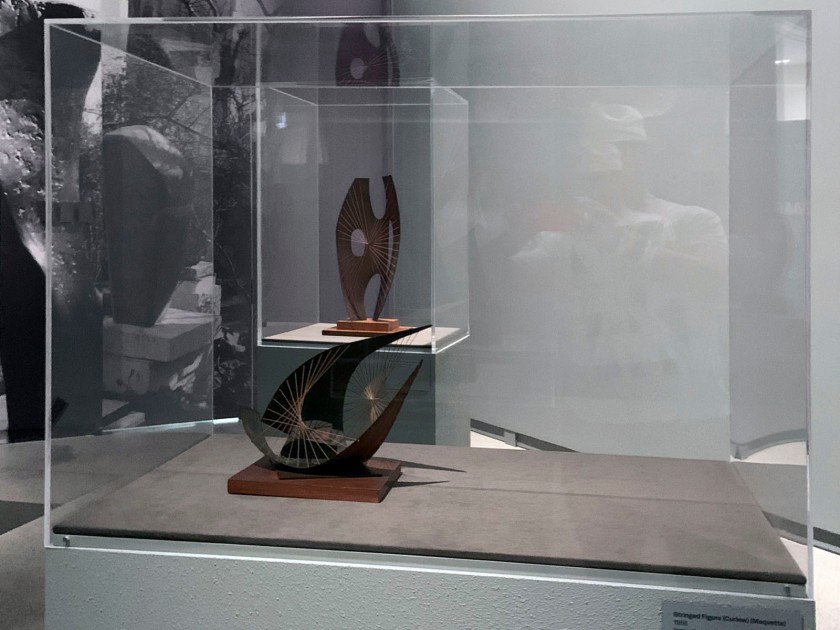
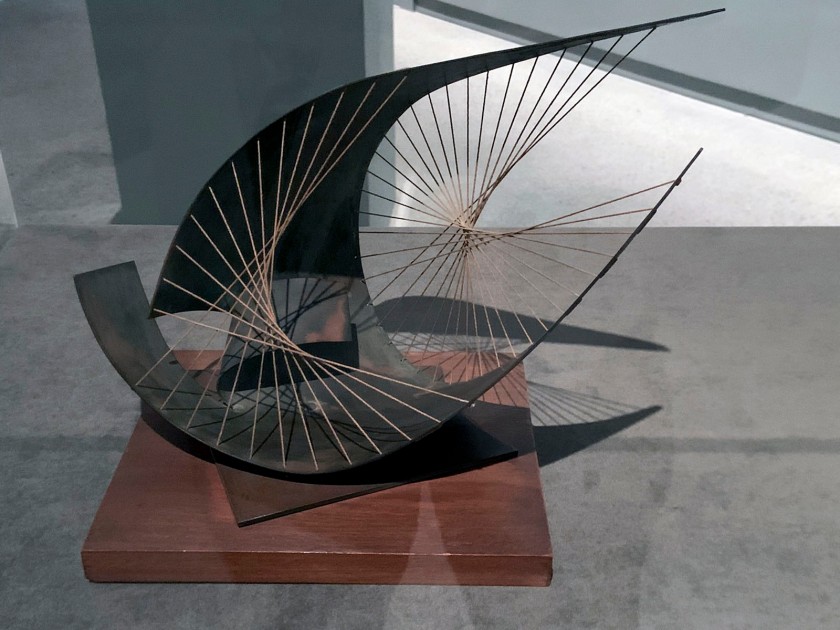
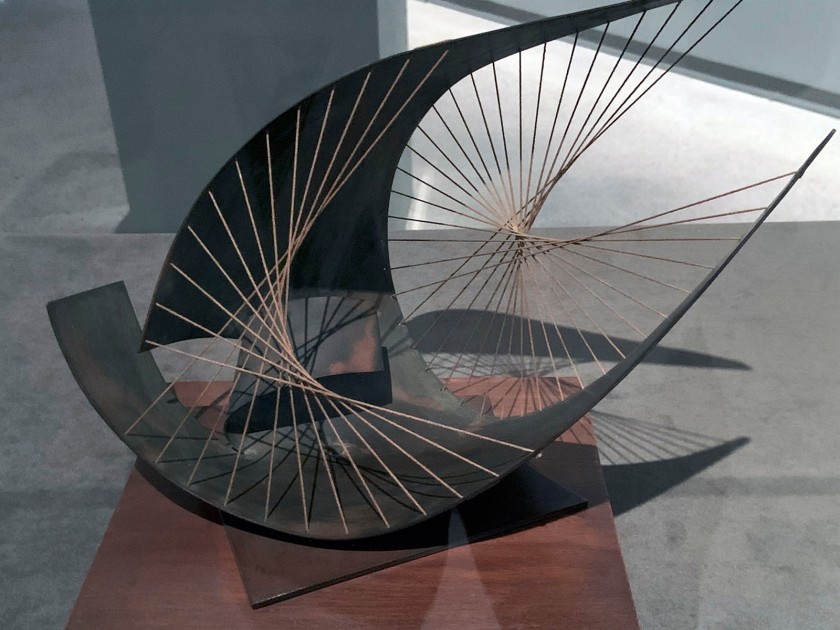

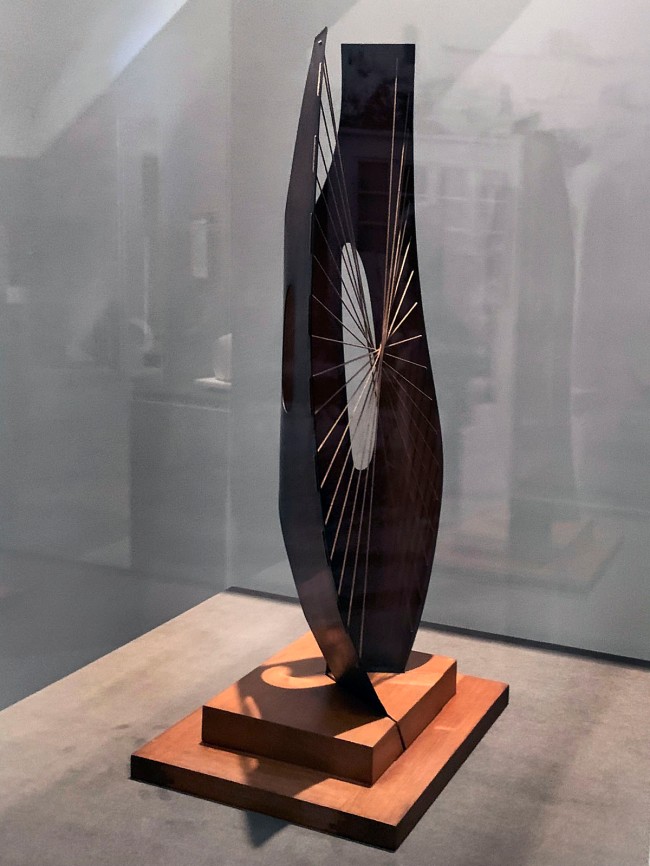


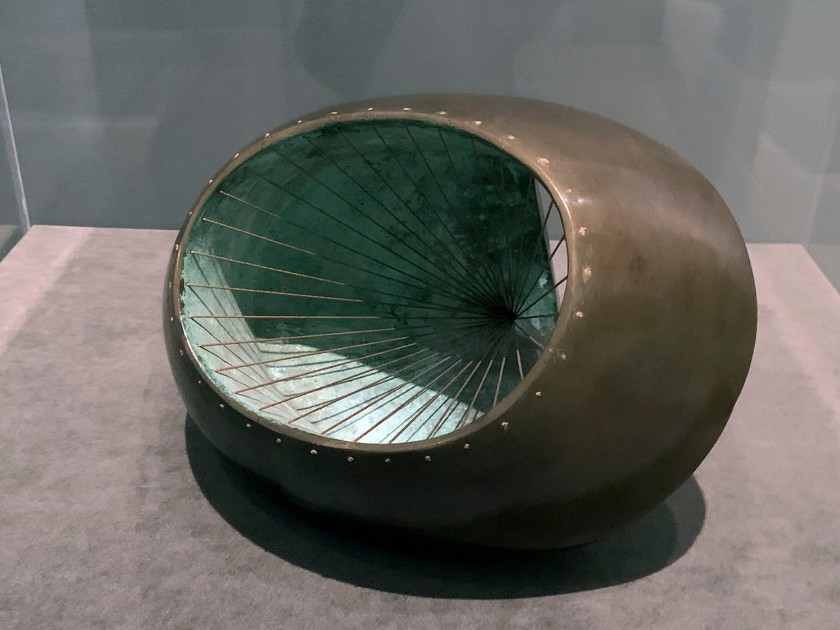
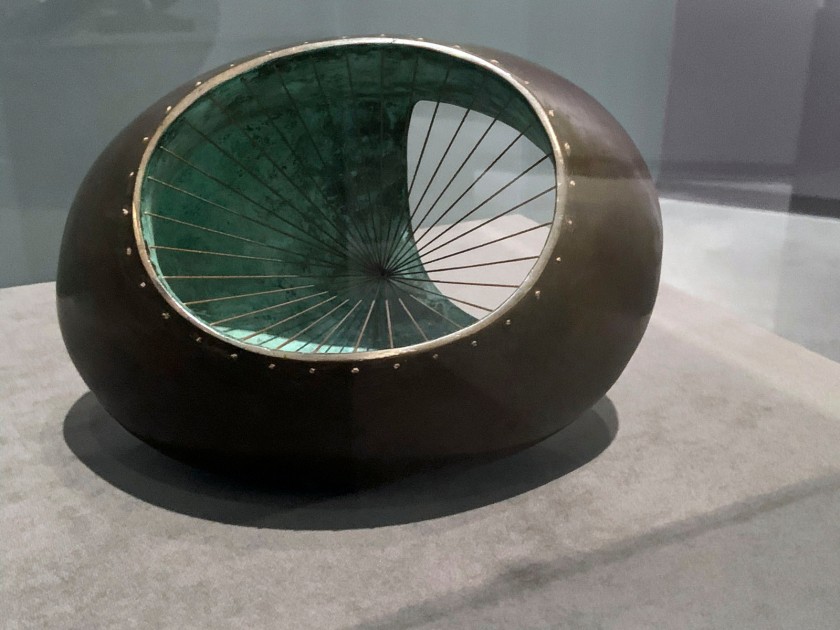


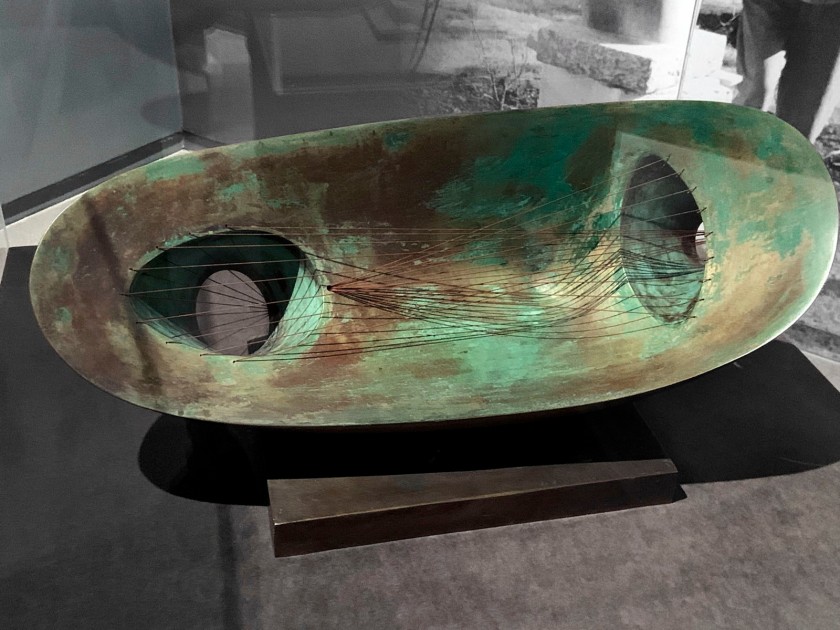
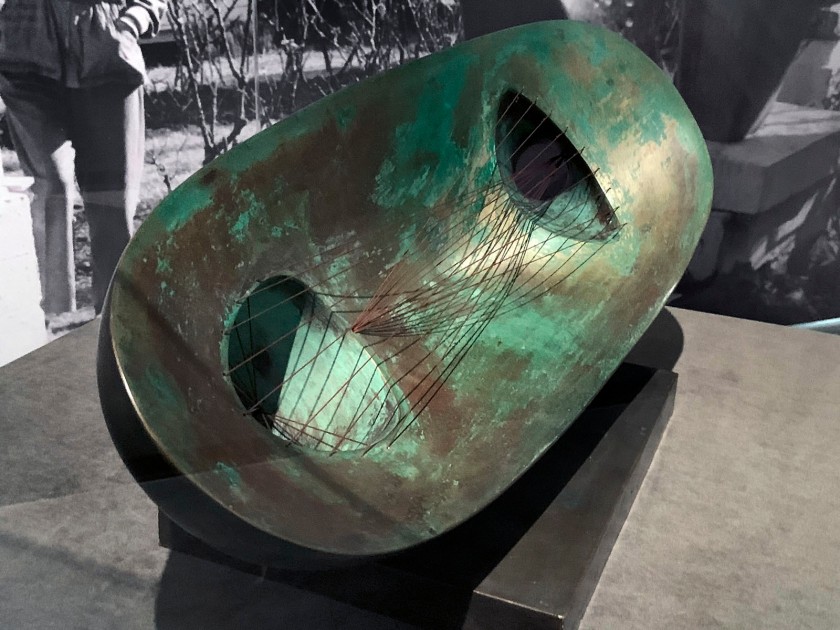
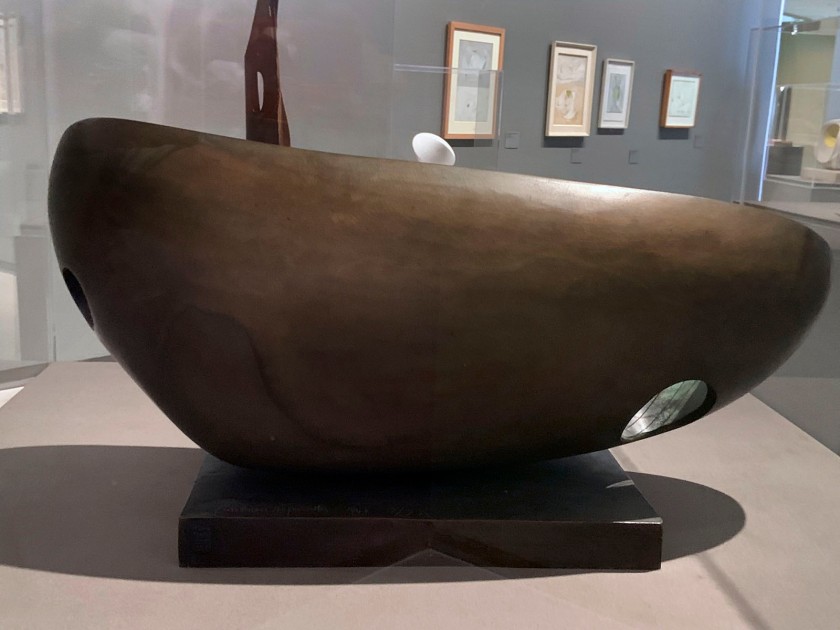


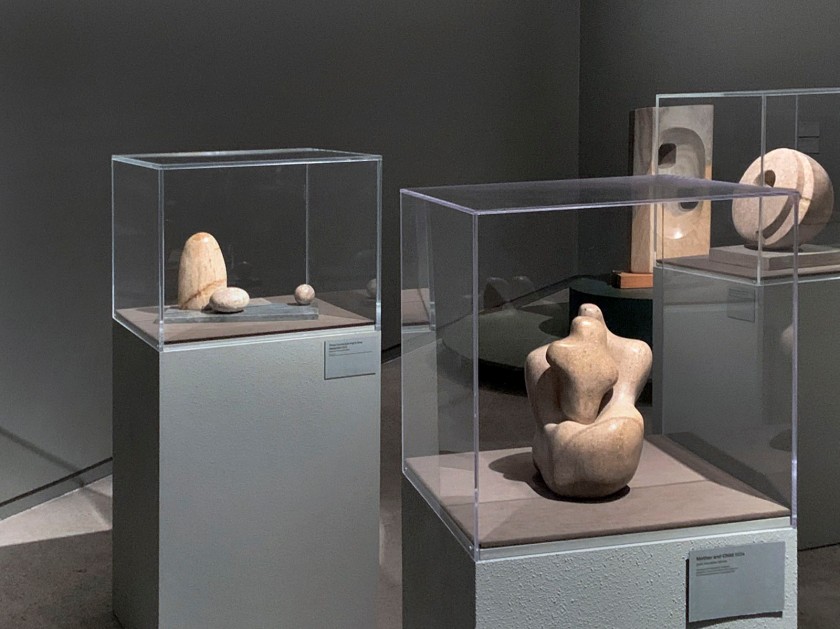
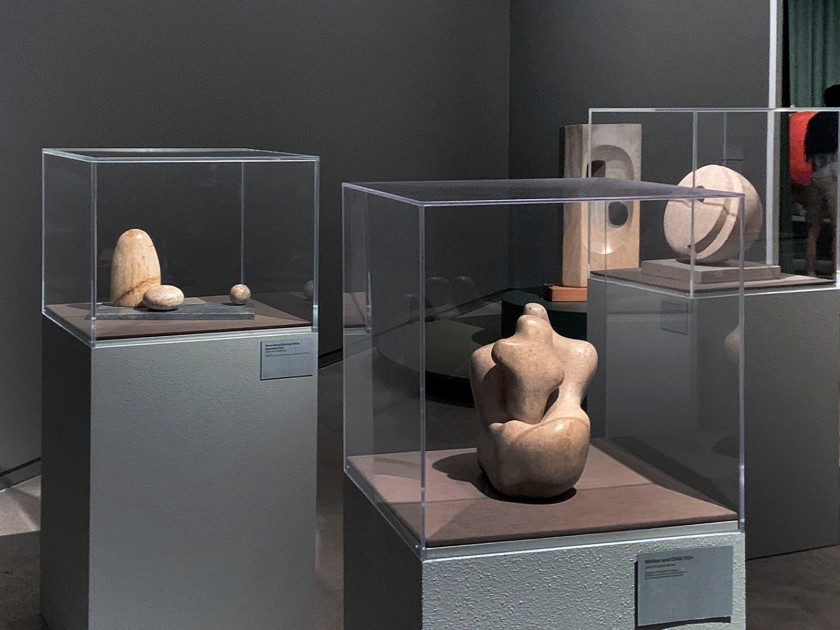

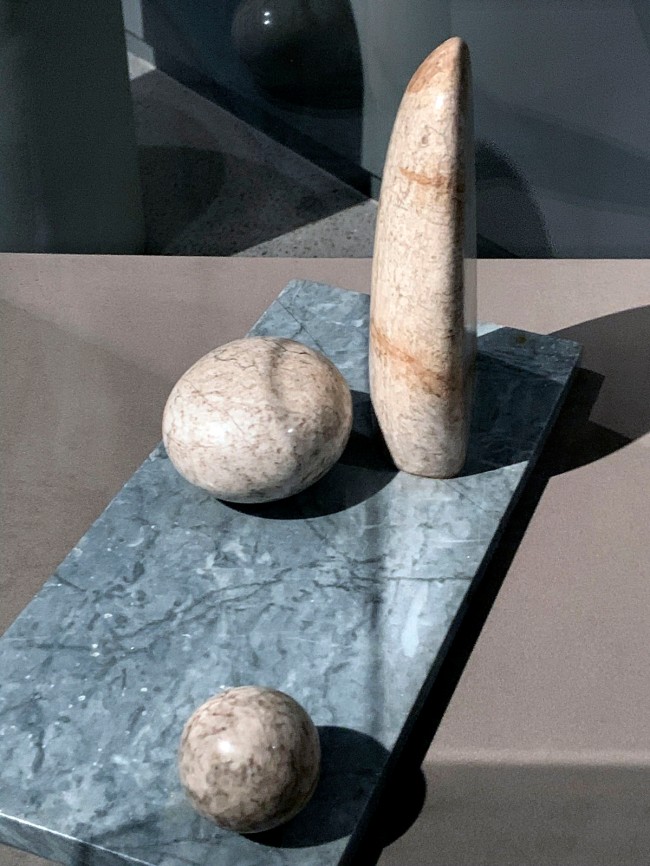

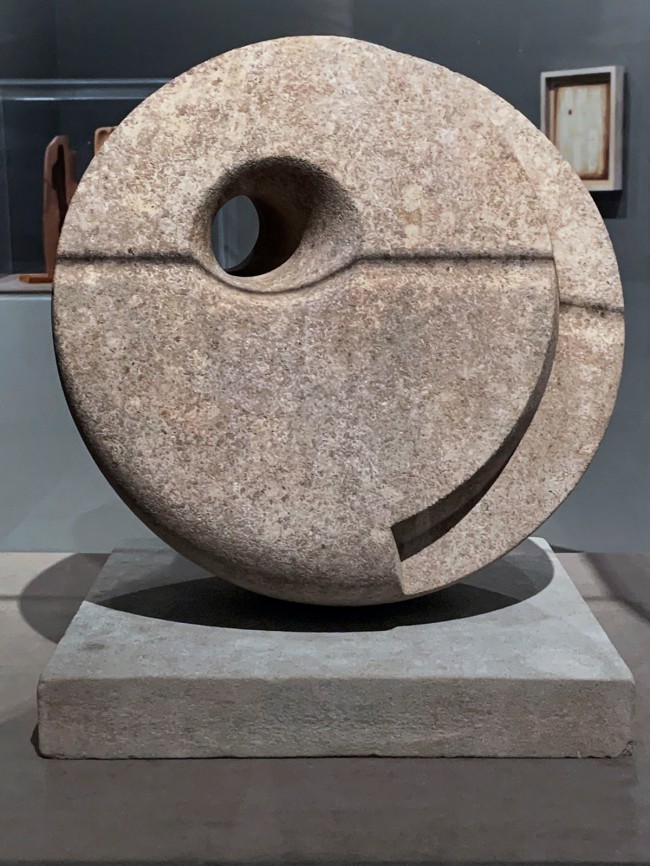
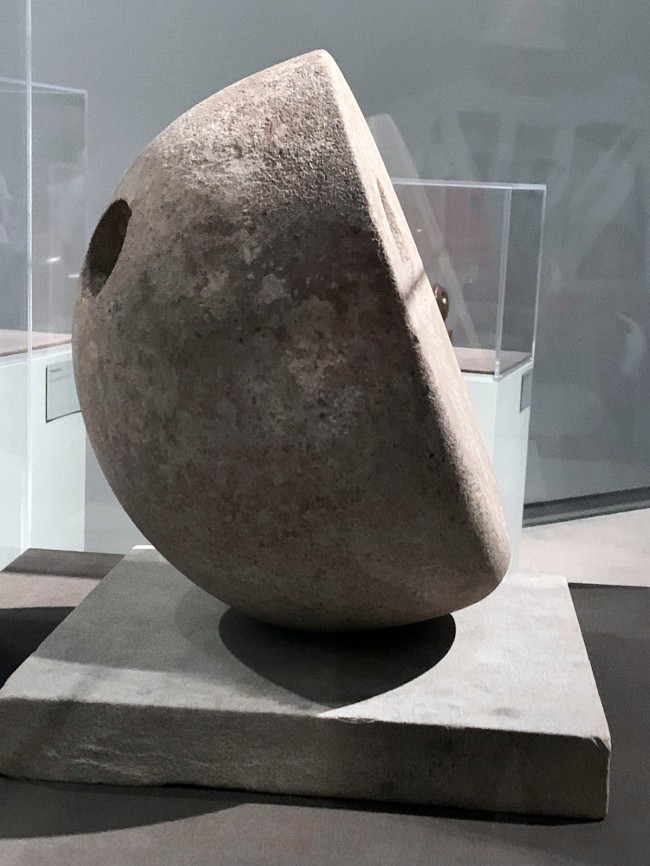
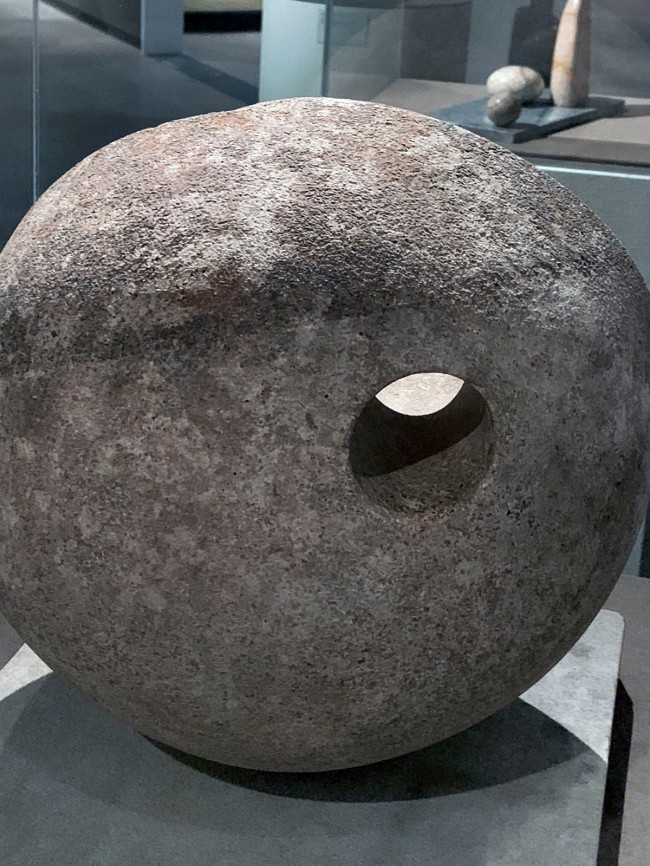
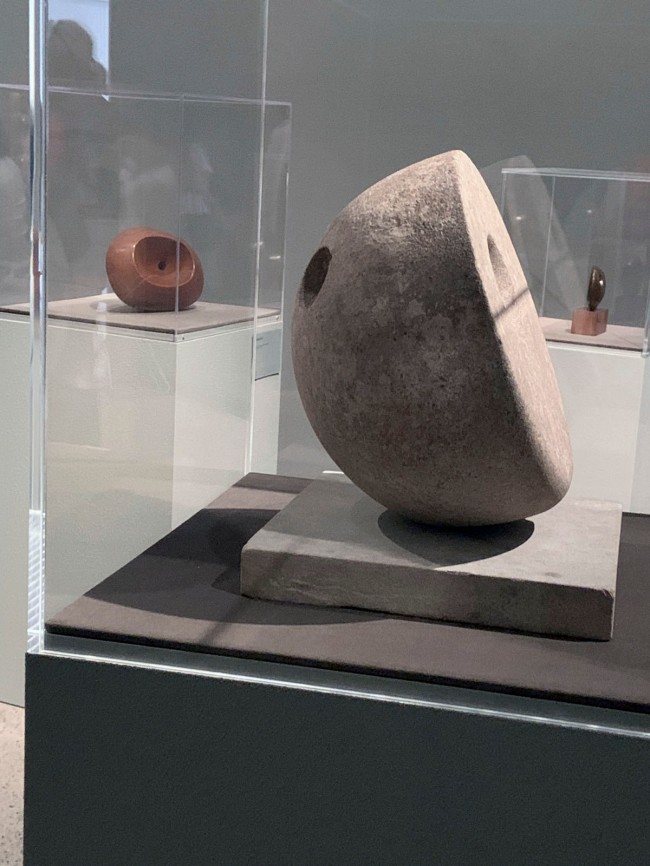

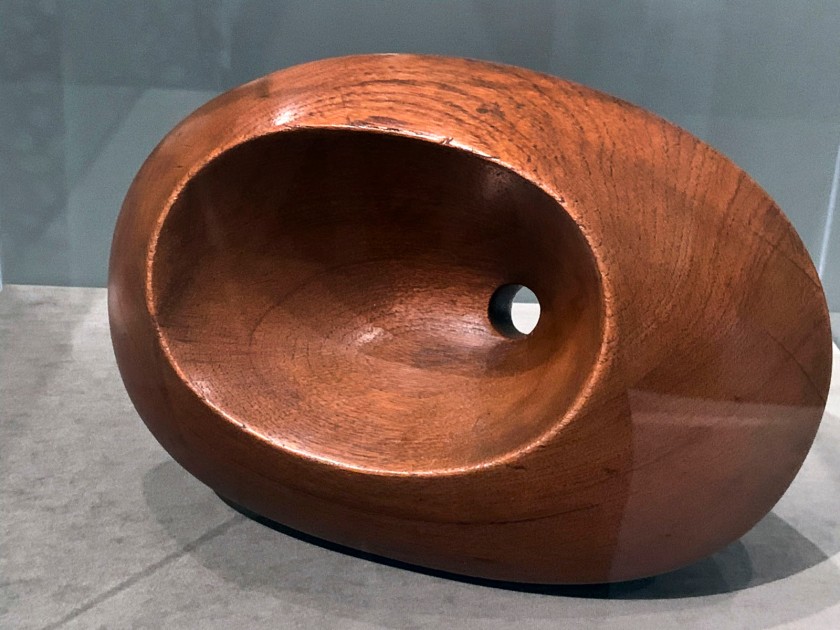
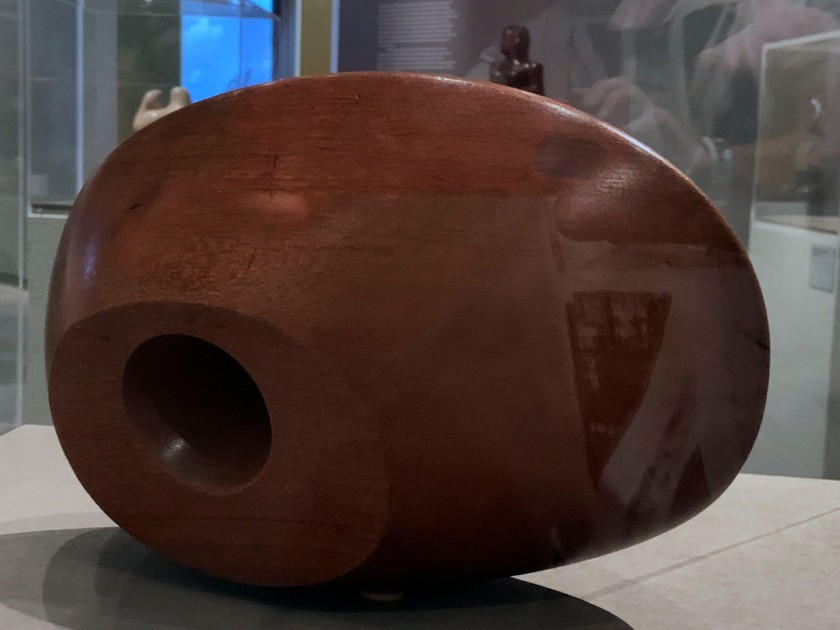
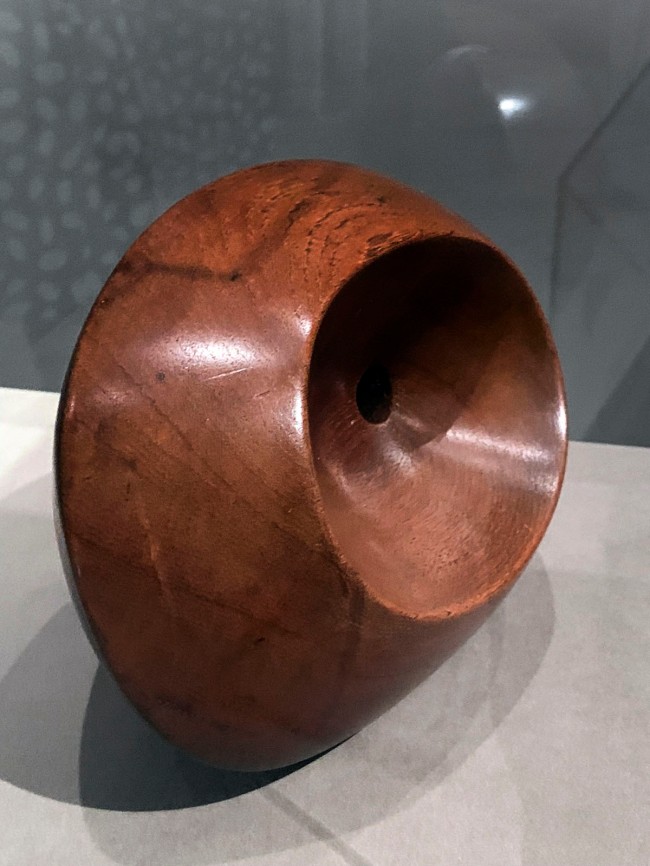
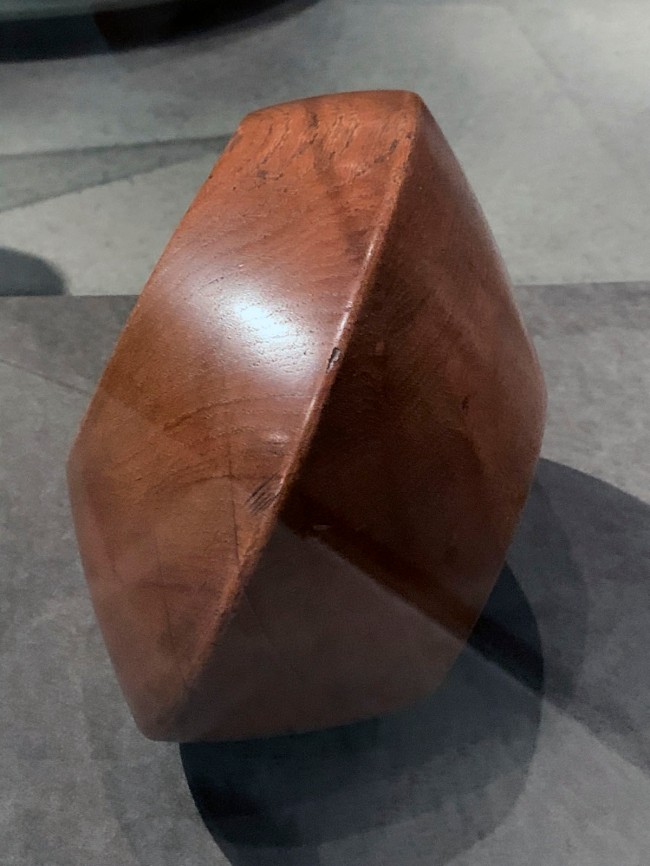
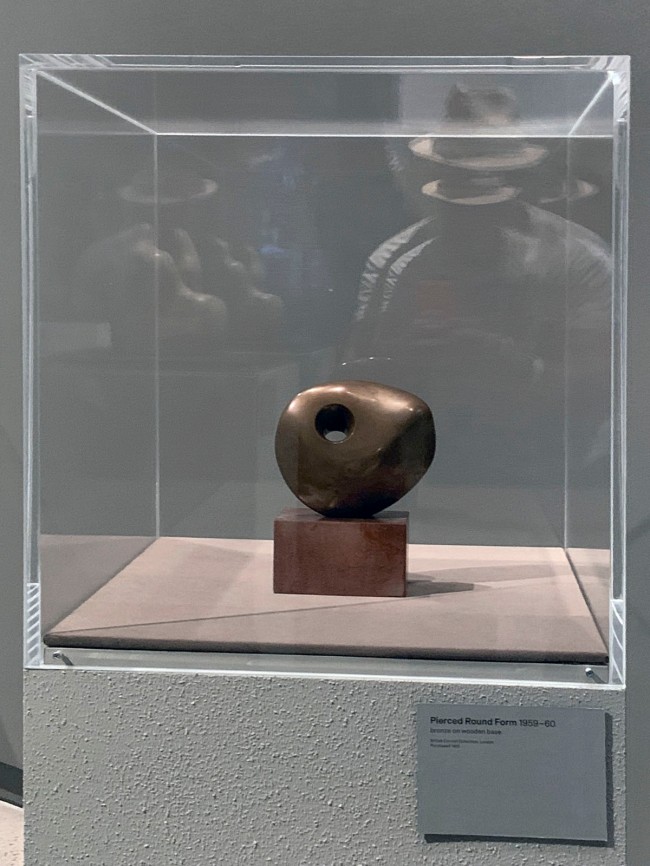

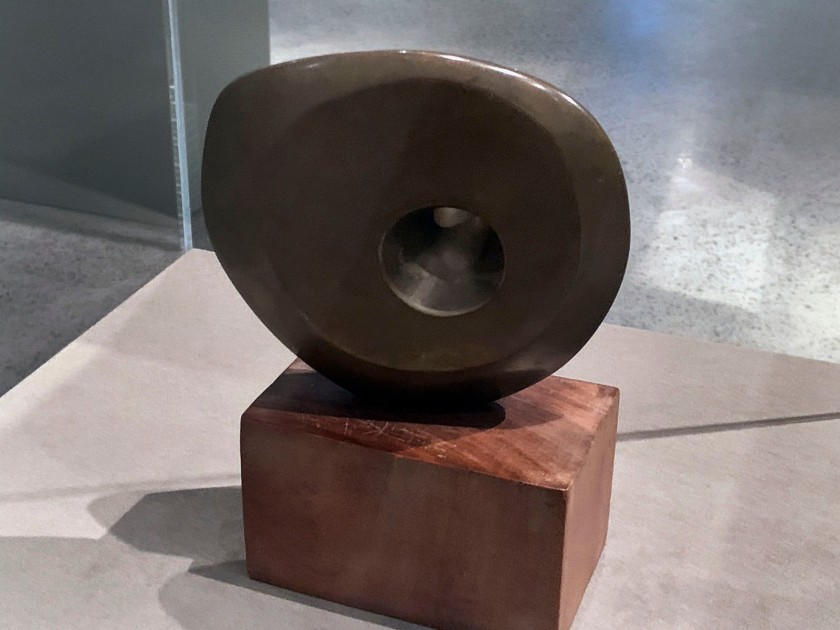
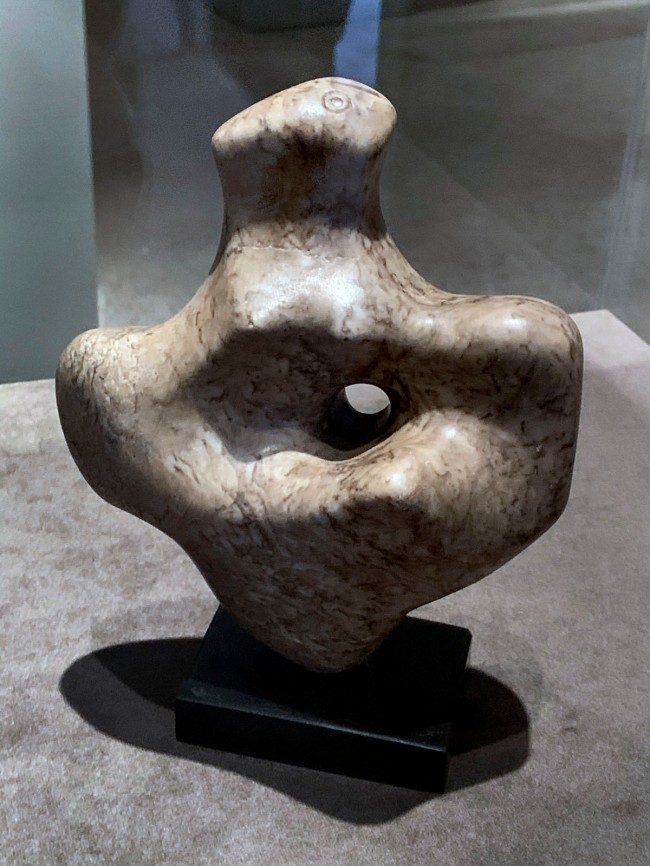
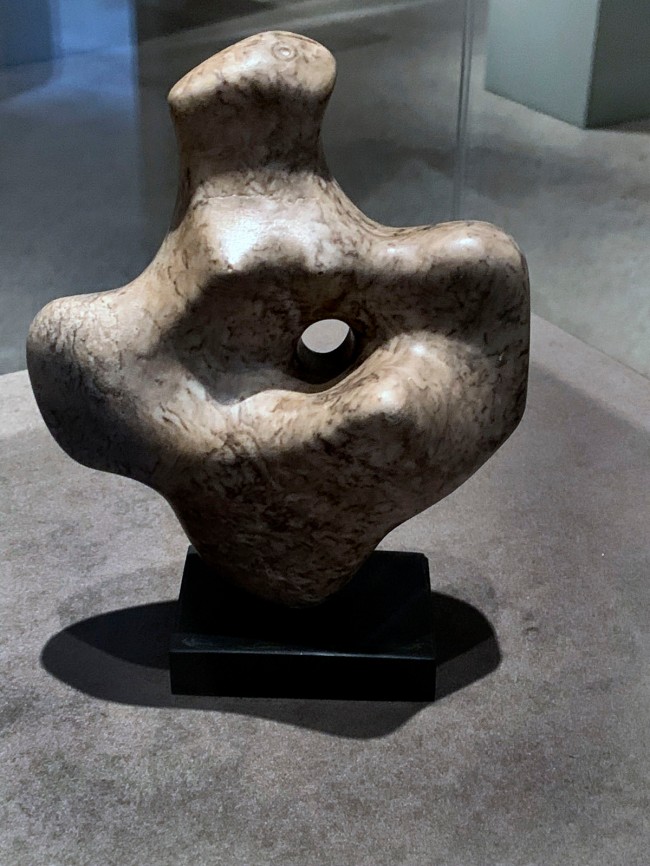
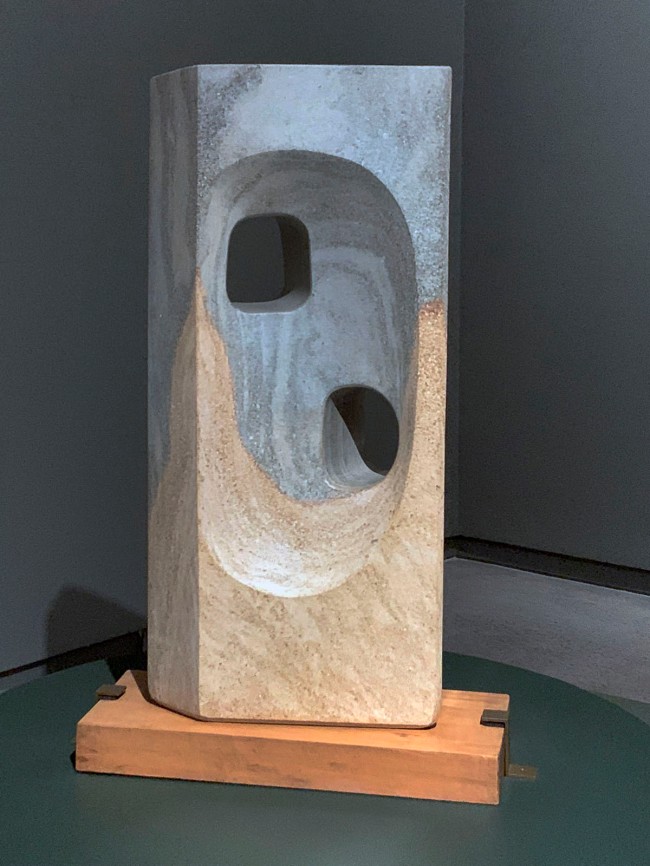



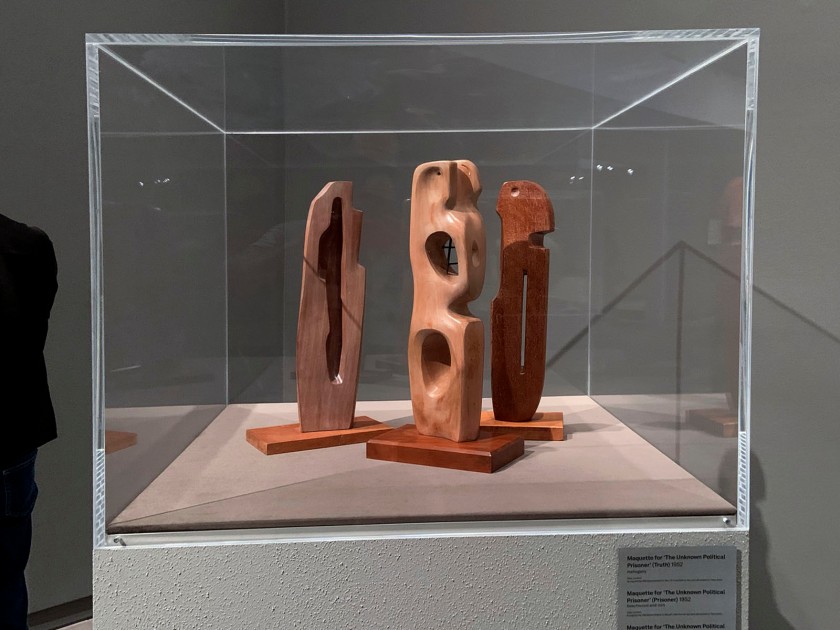
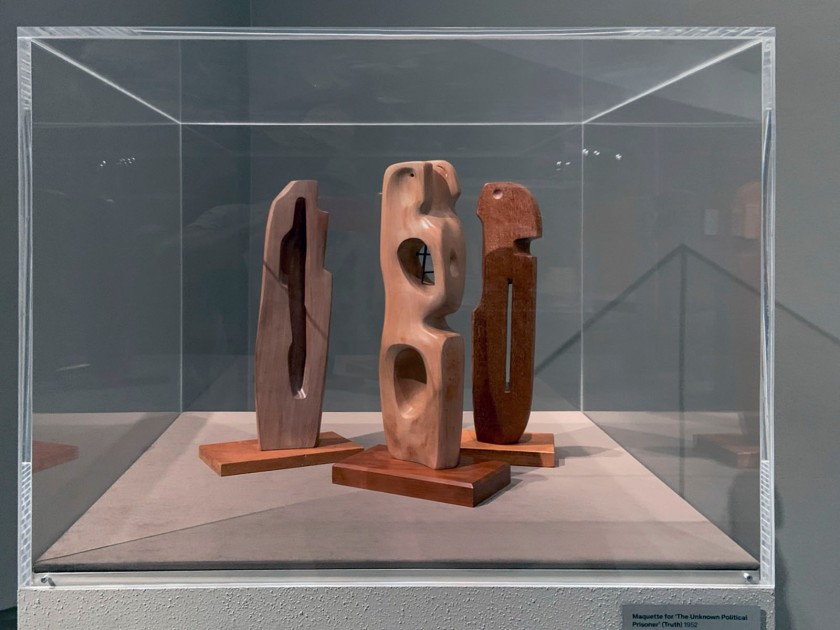
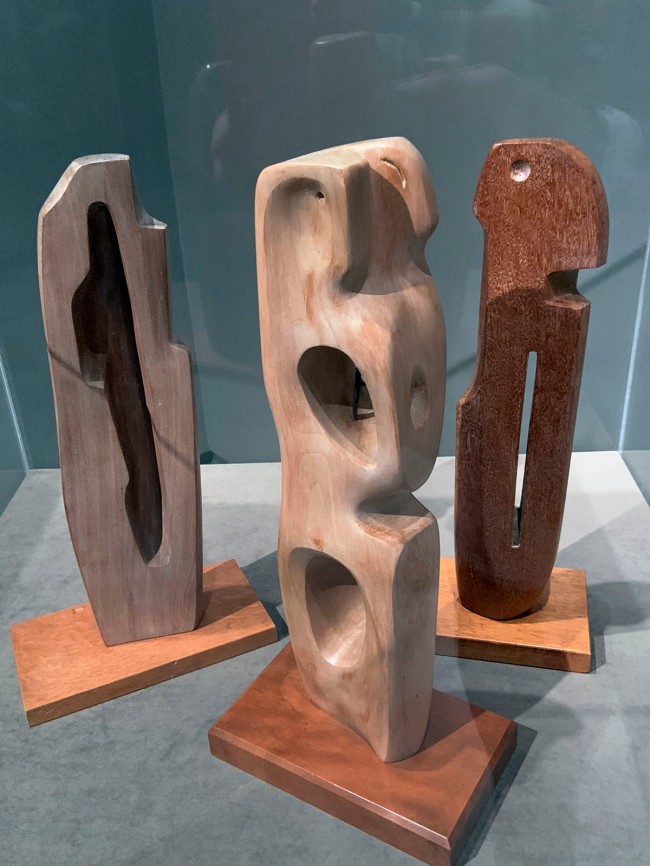




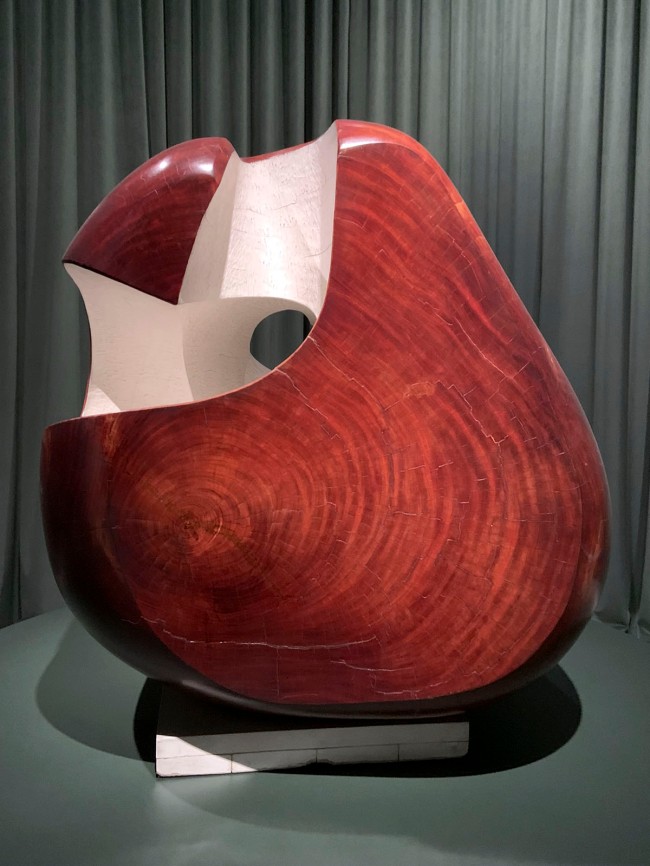
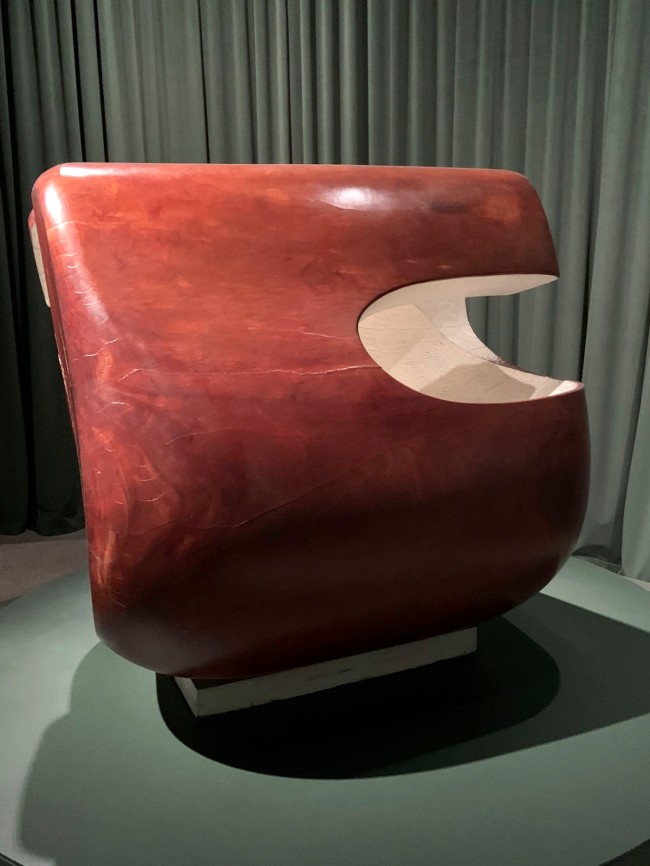


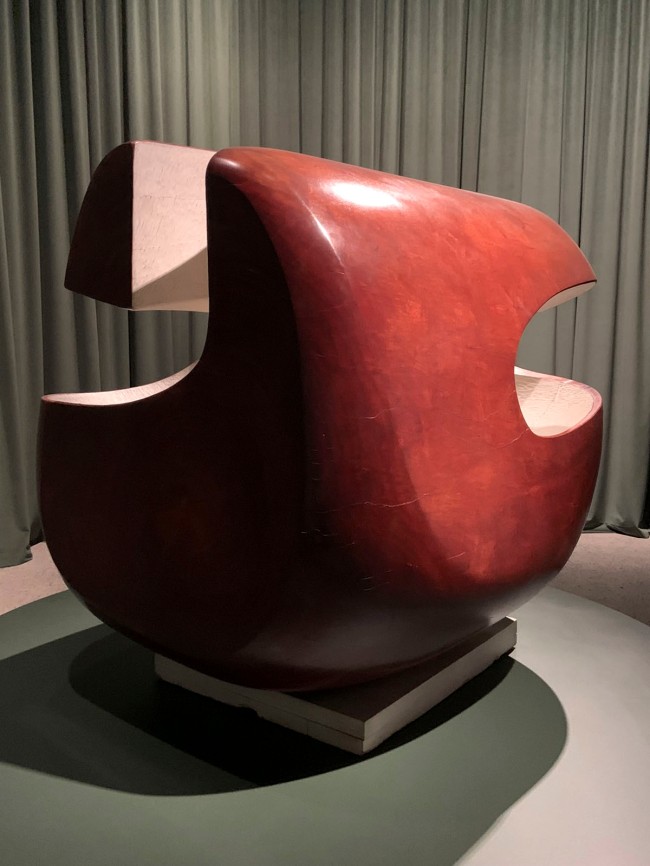

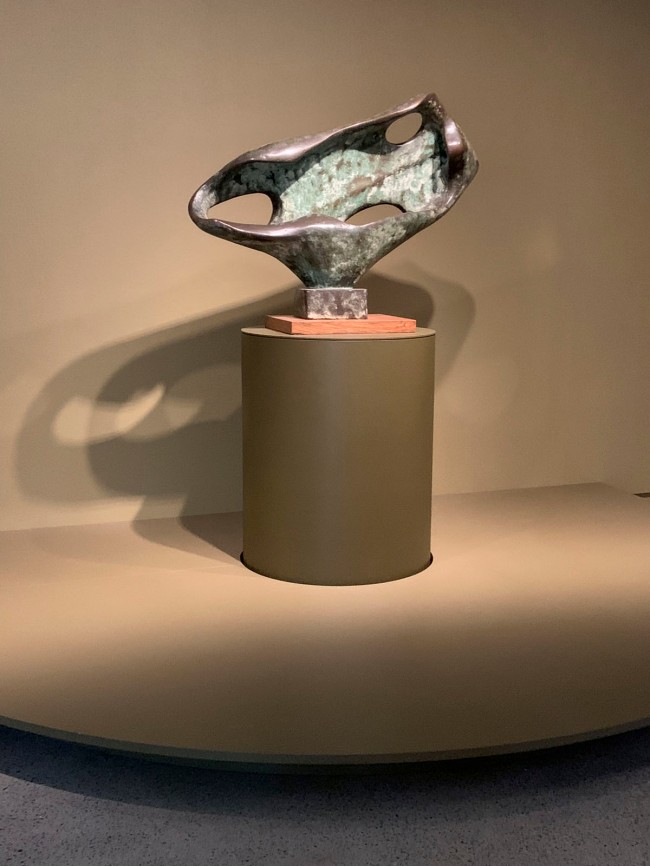
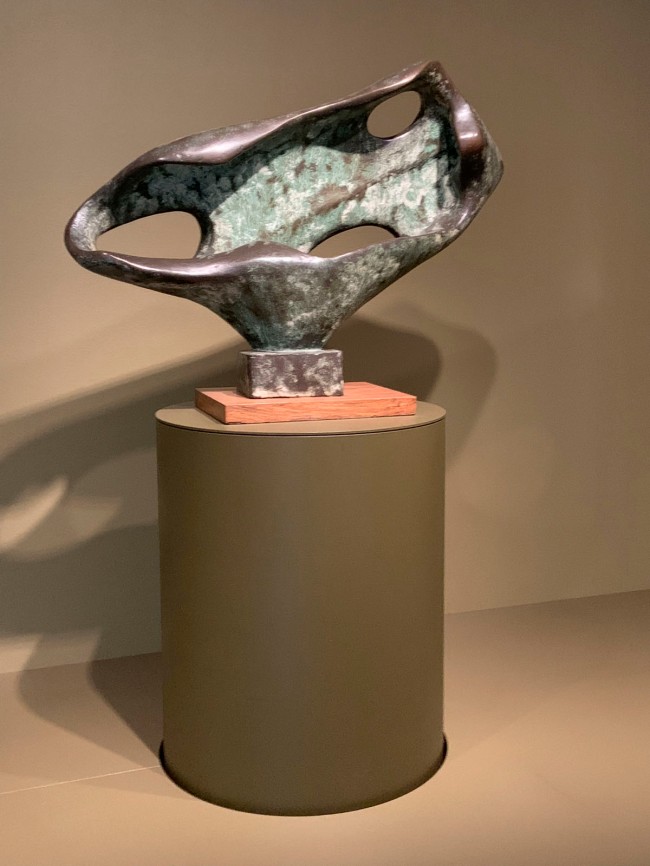
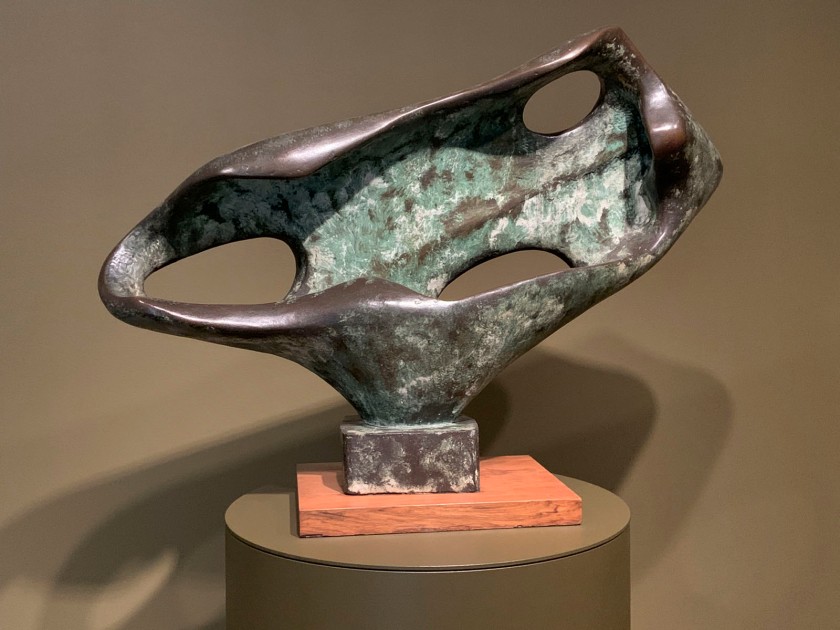
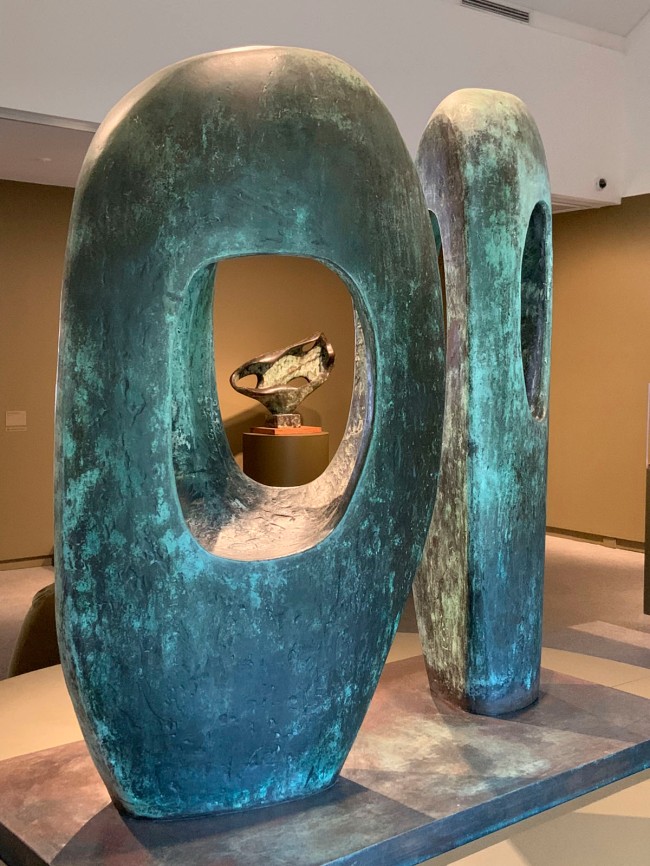



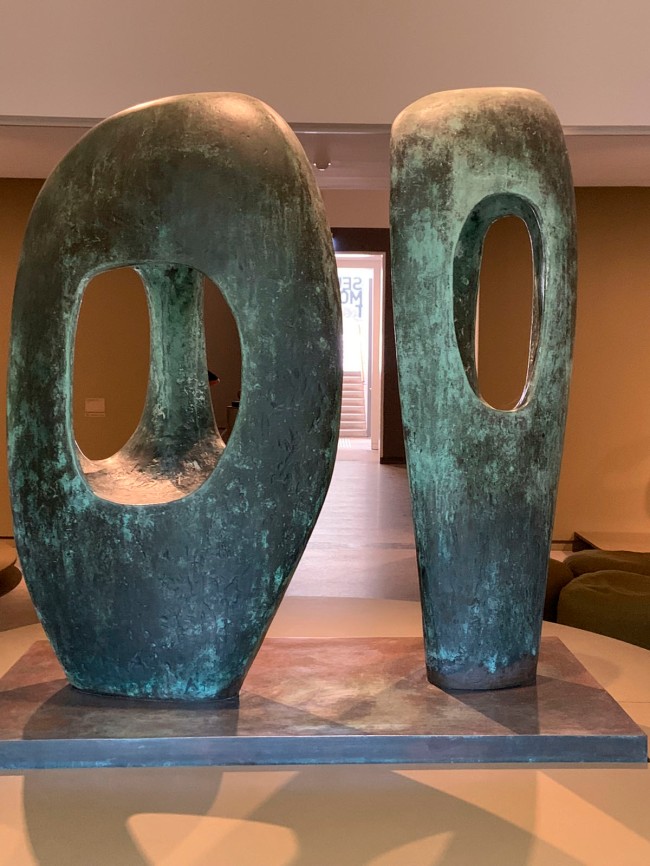

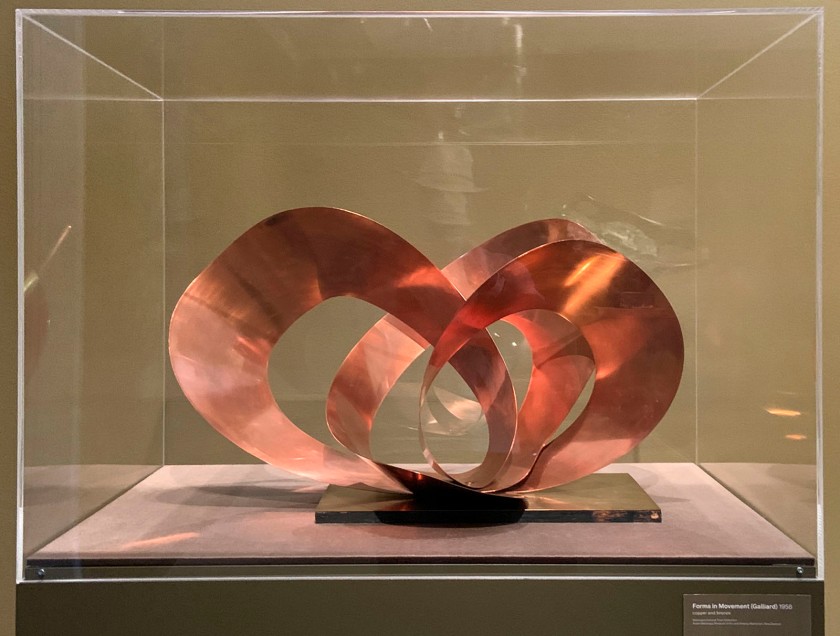
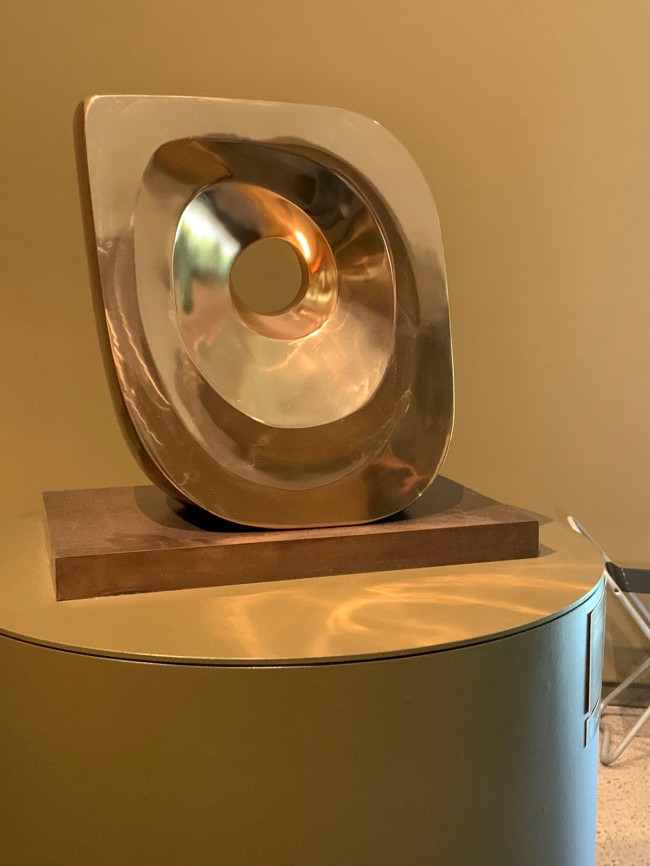





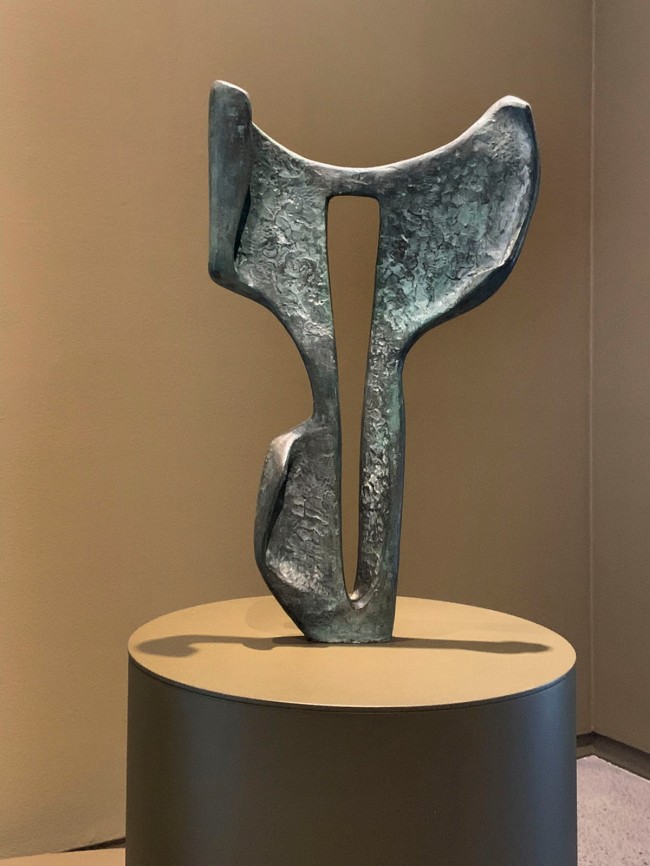

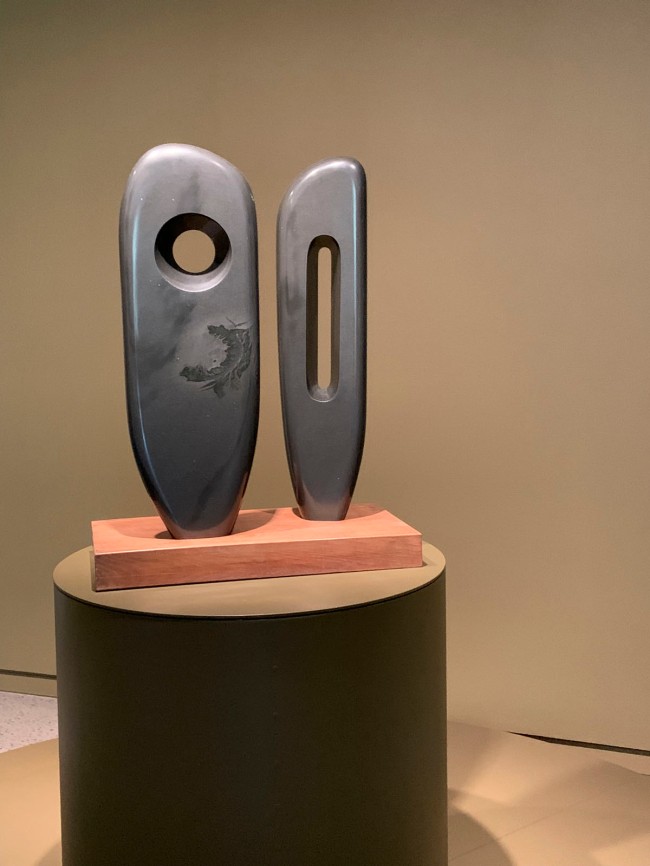
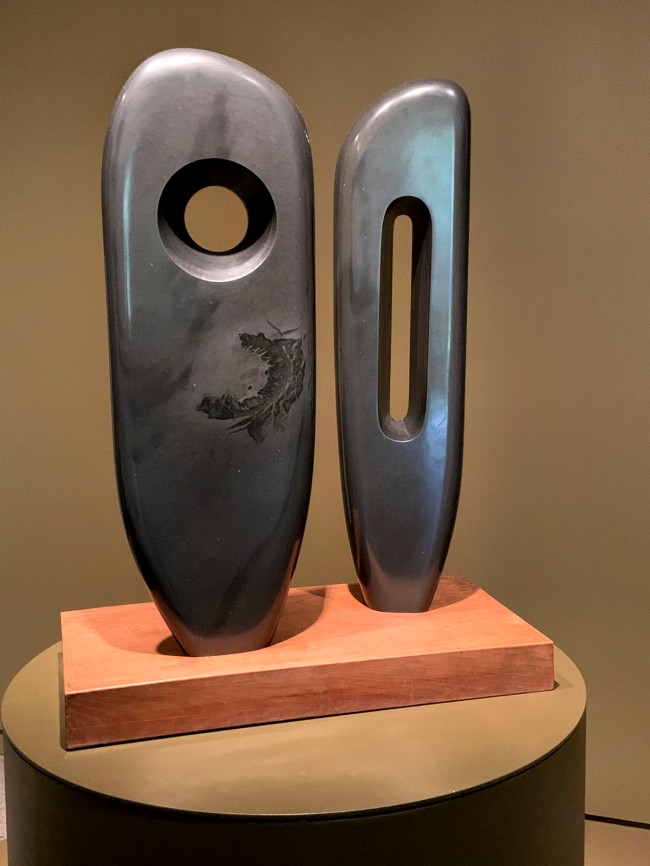
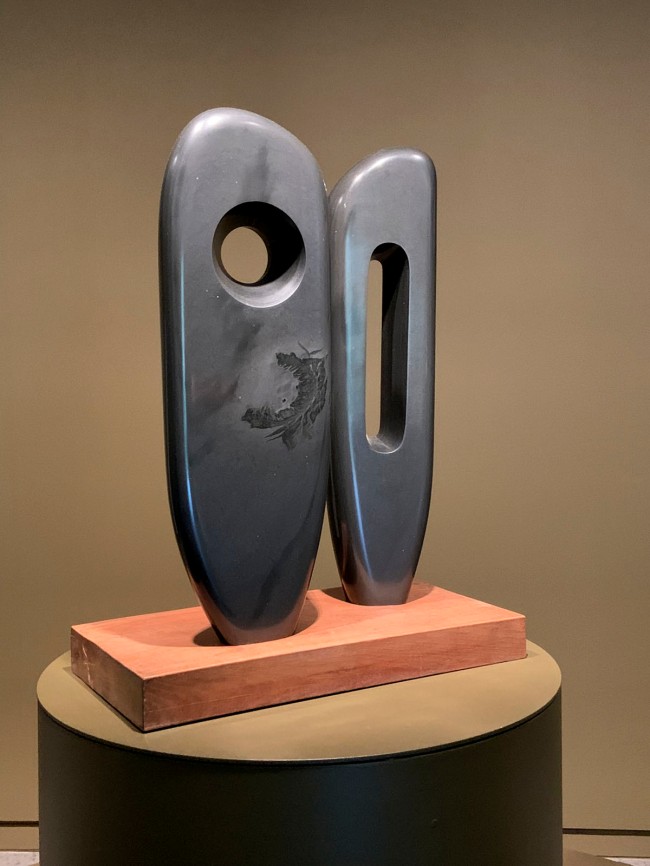


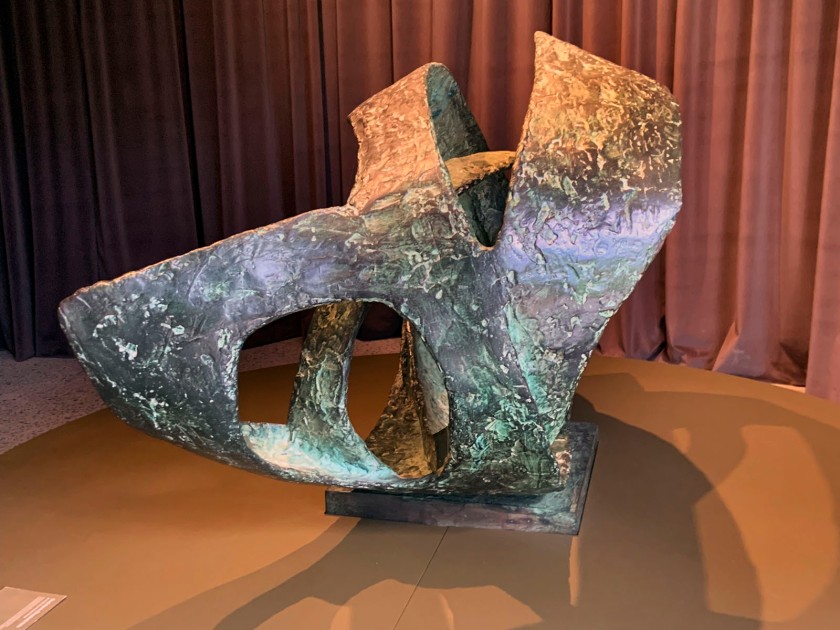
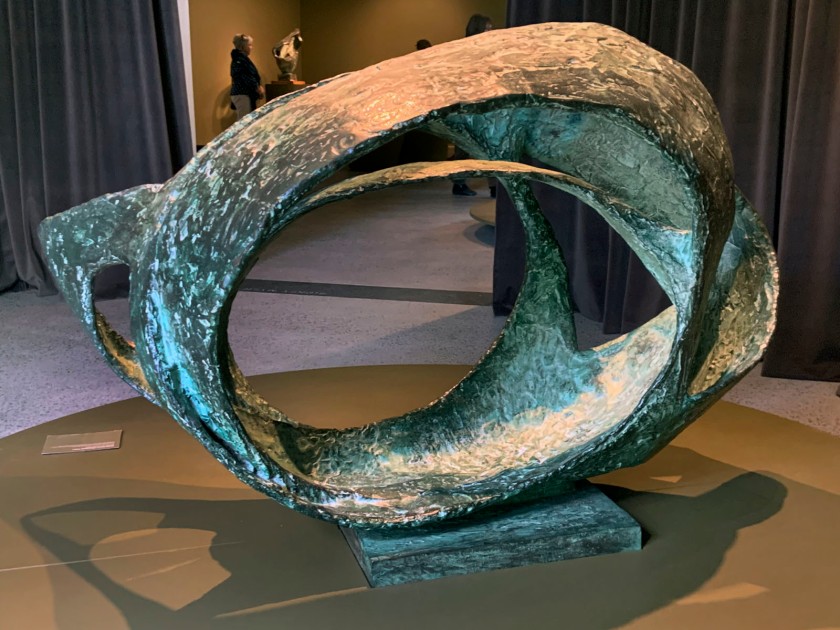
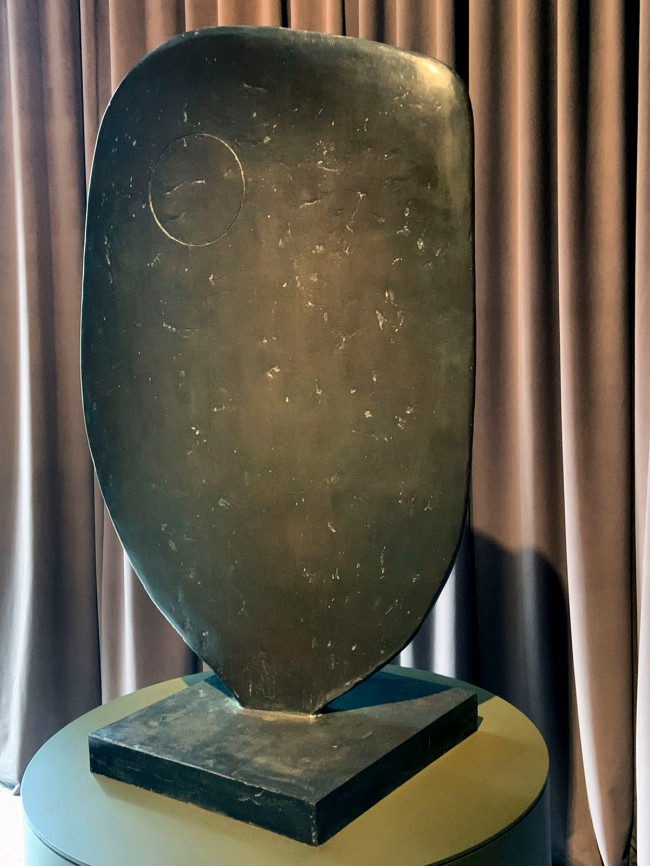




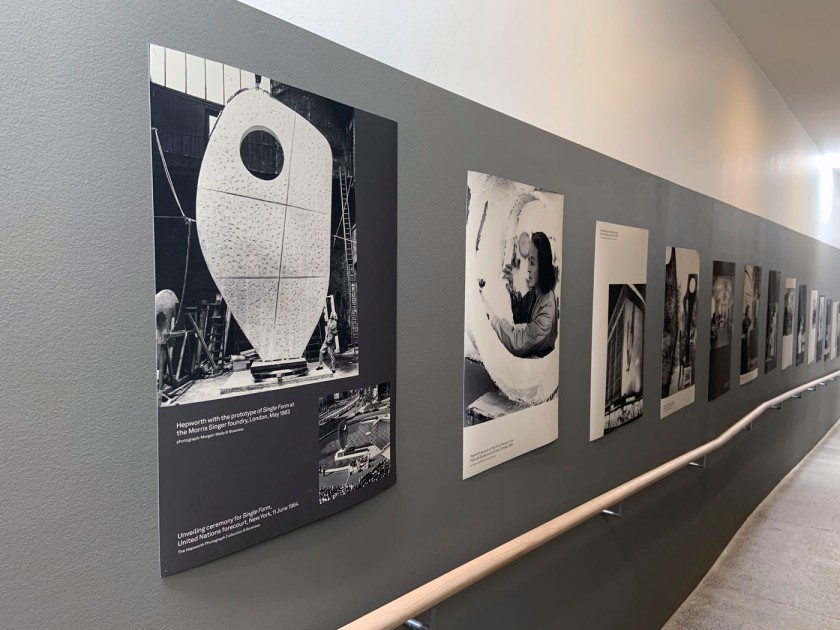
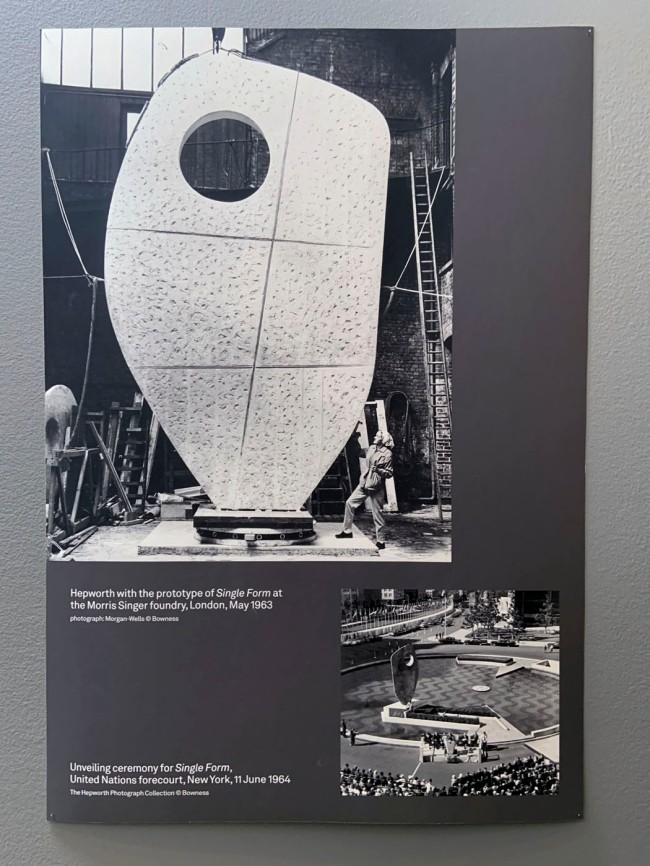

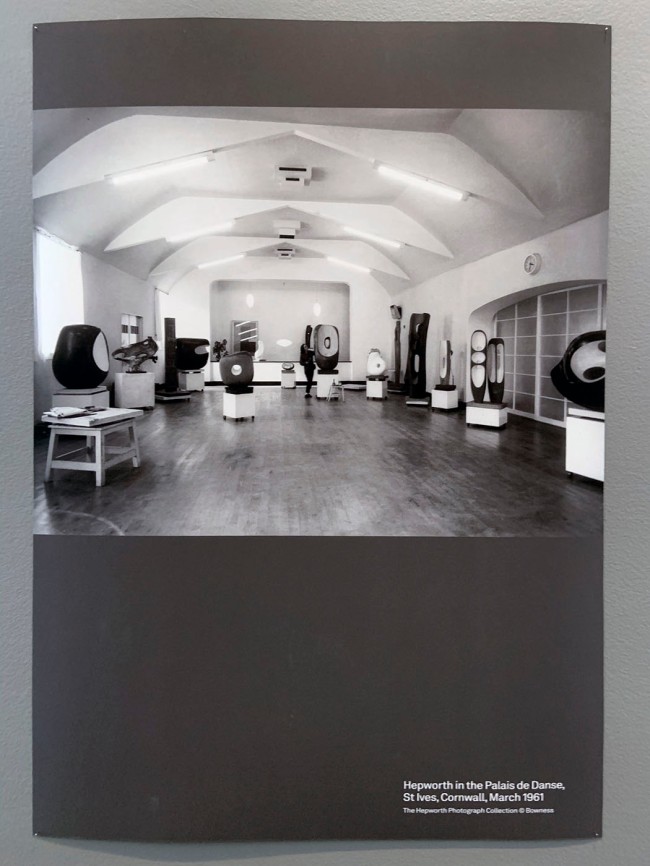
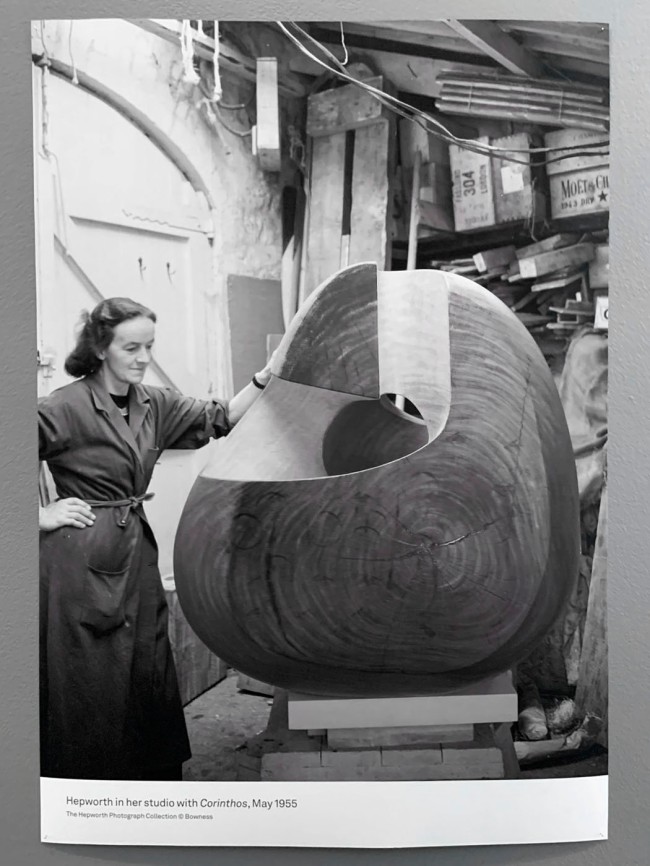

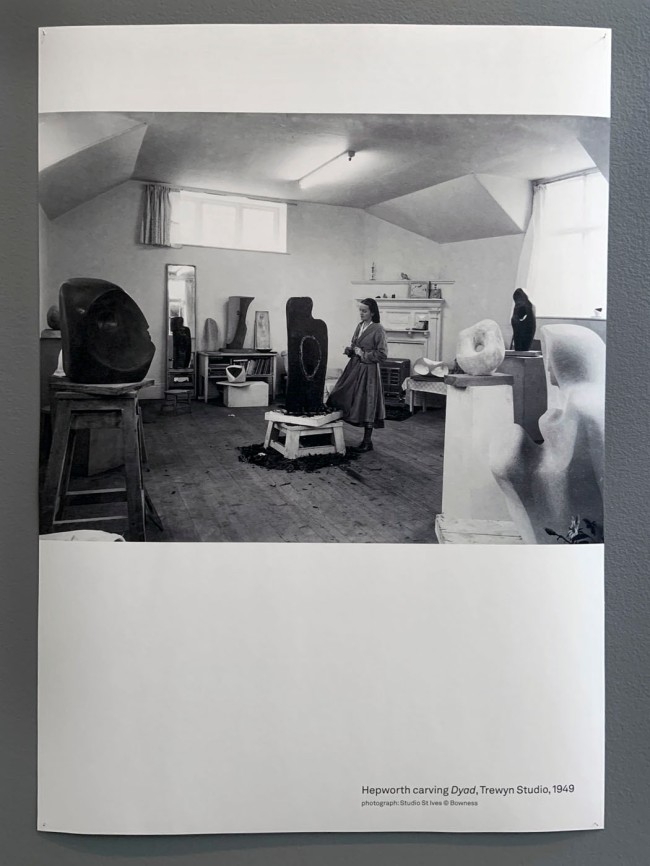



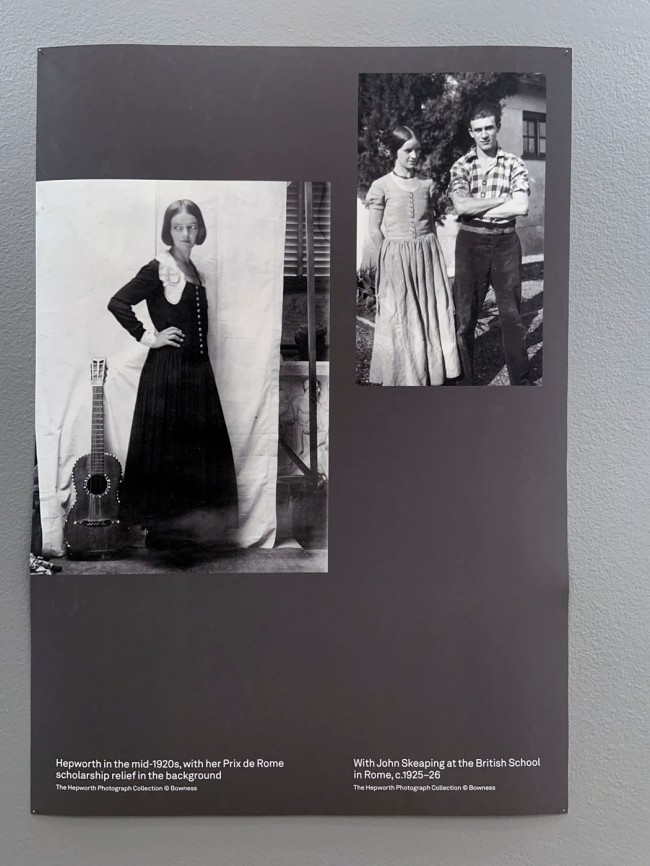
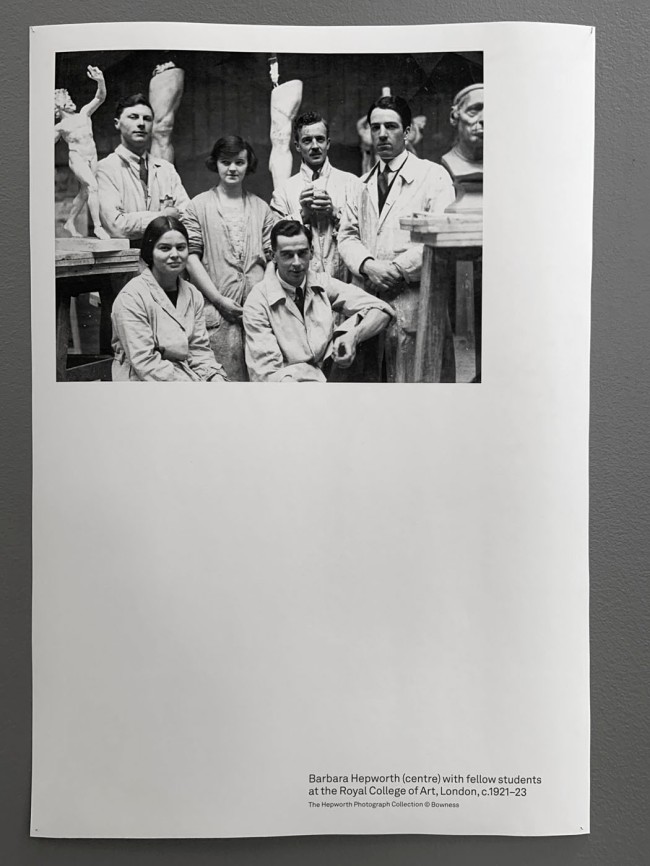


































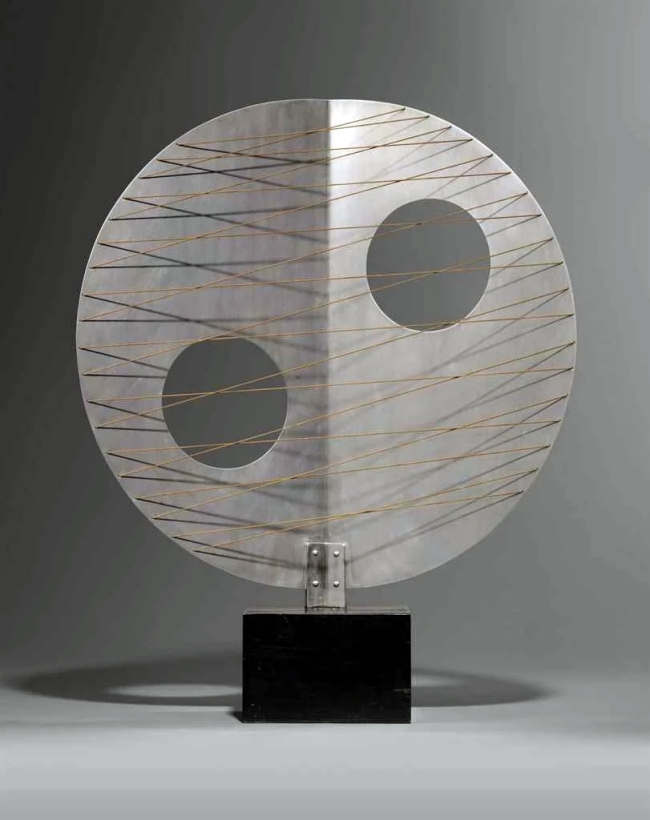








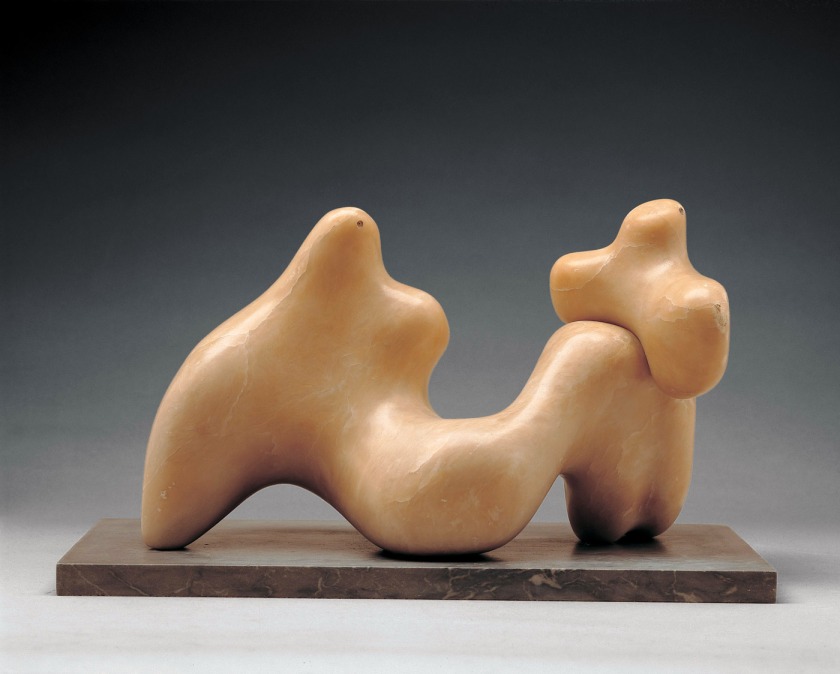
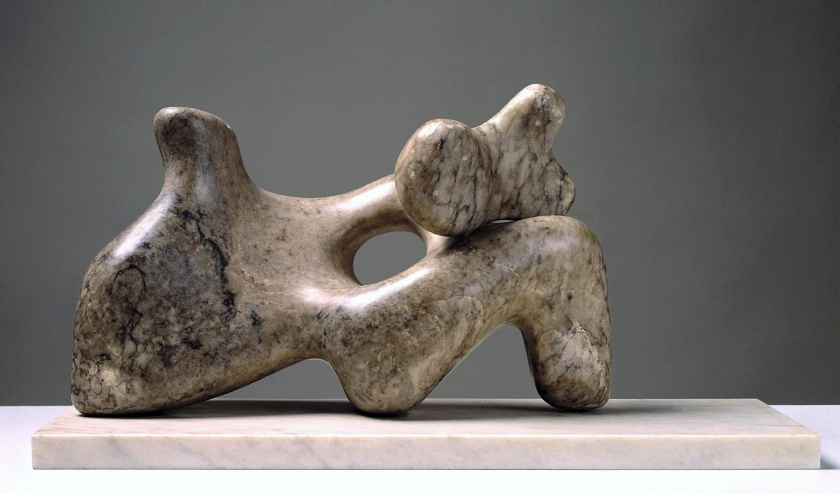


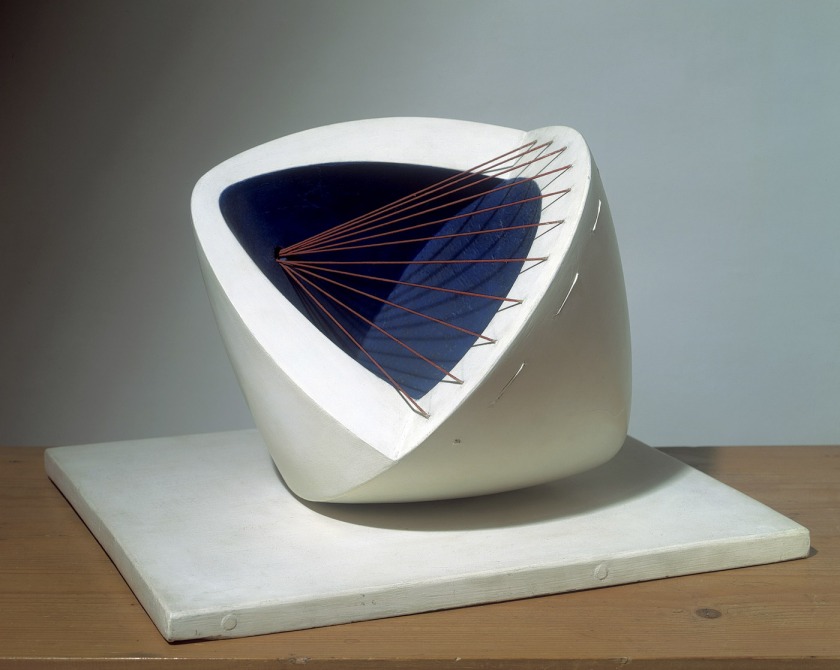
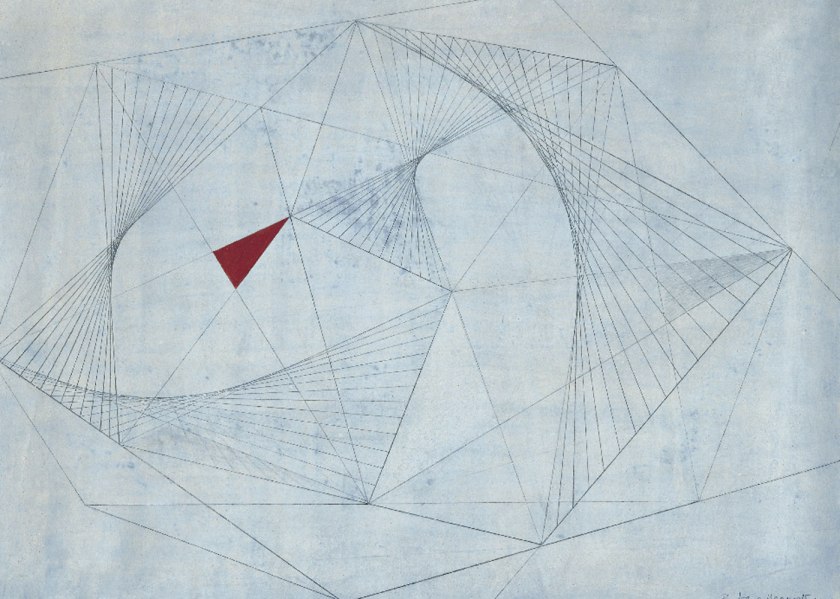


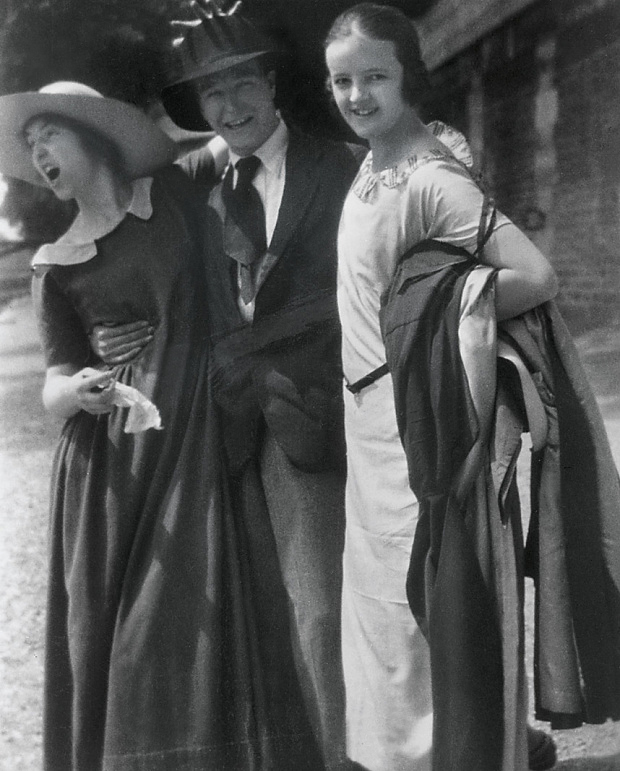









































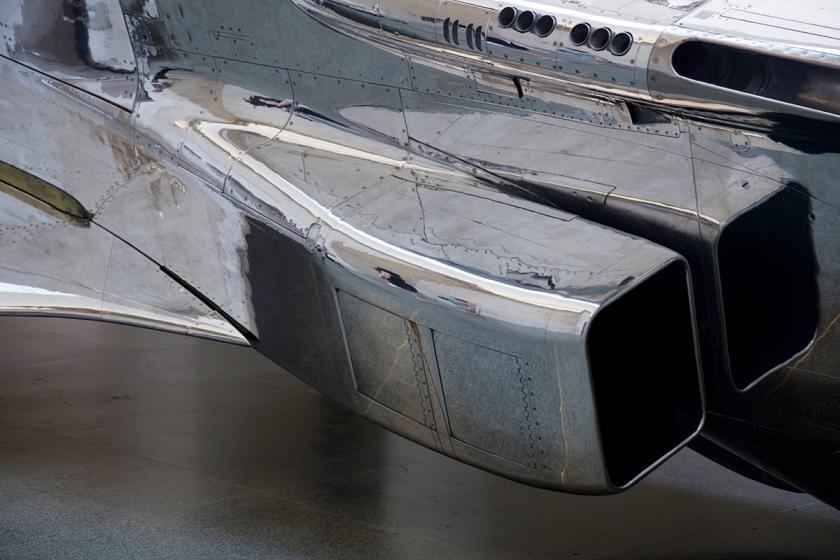






























You must be logged in to post a comment.